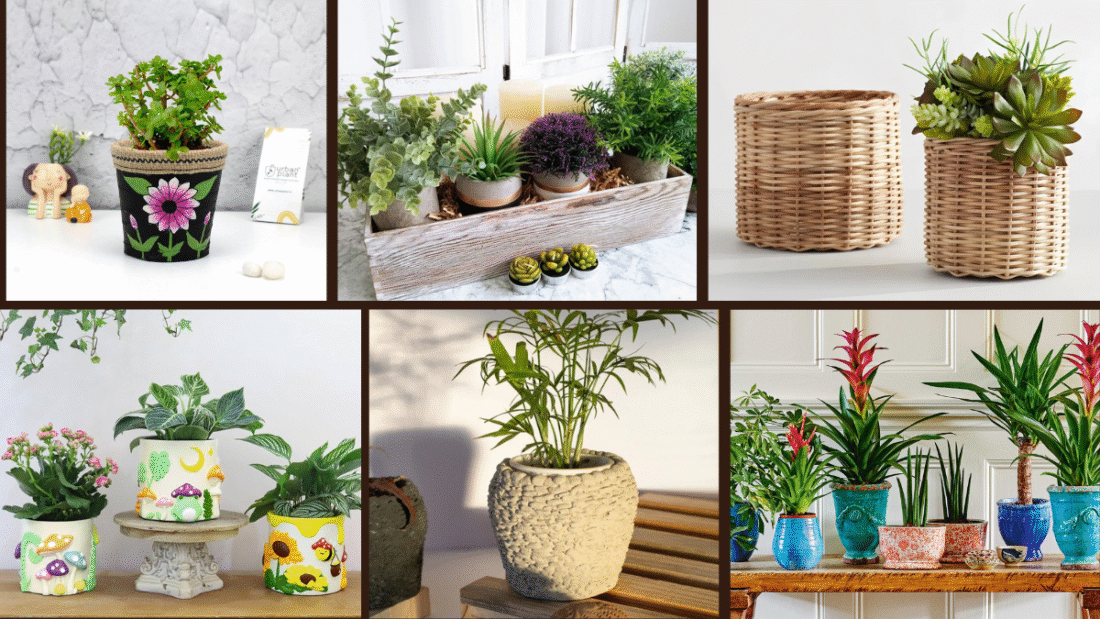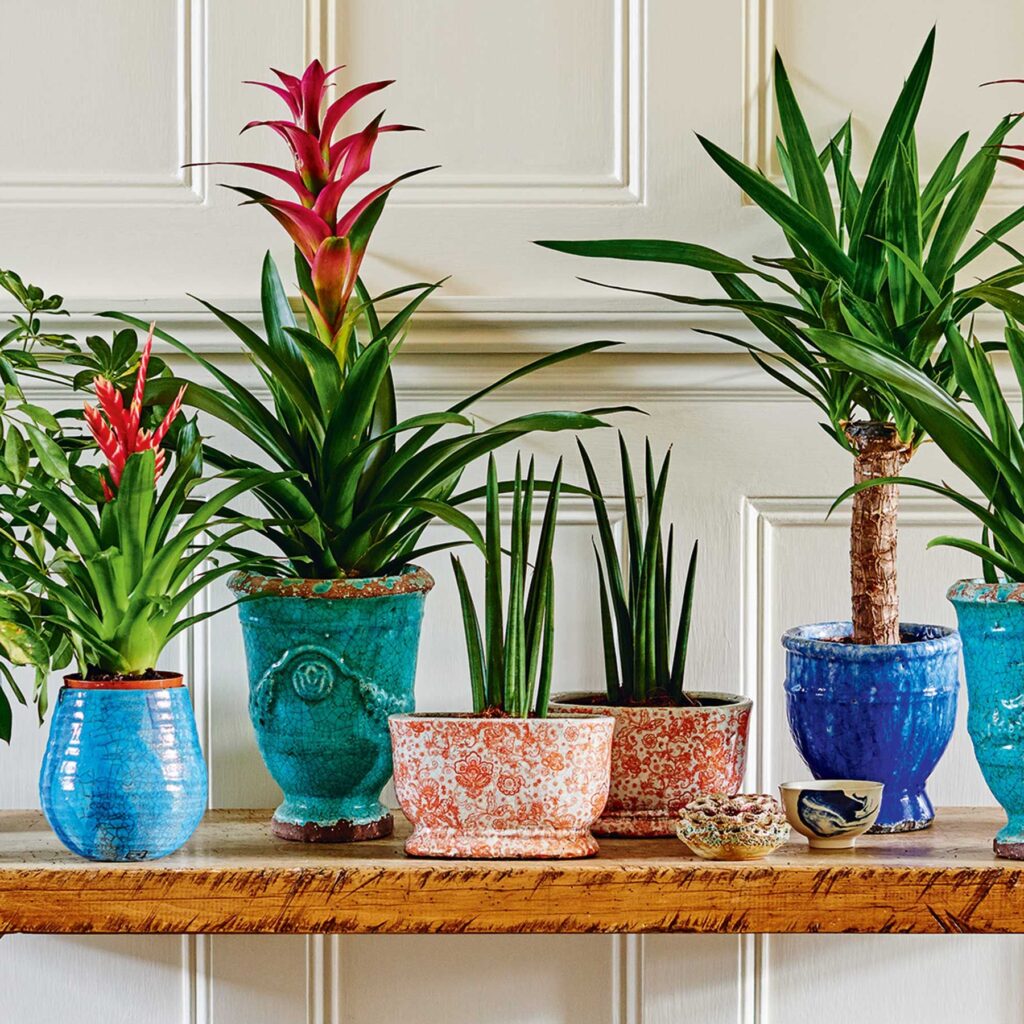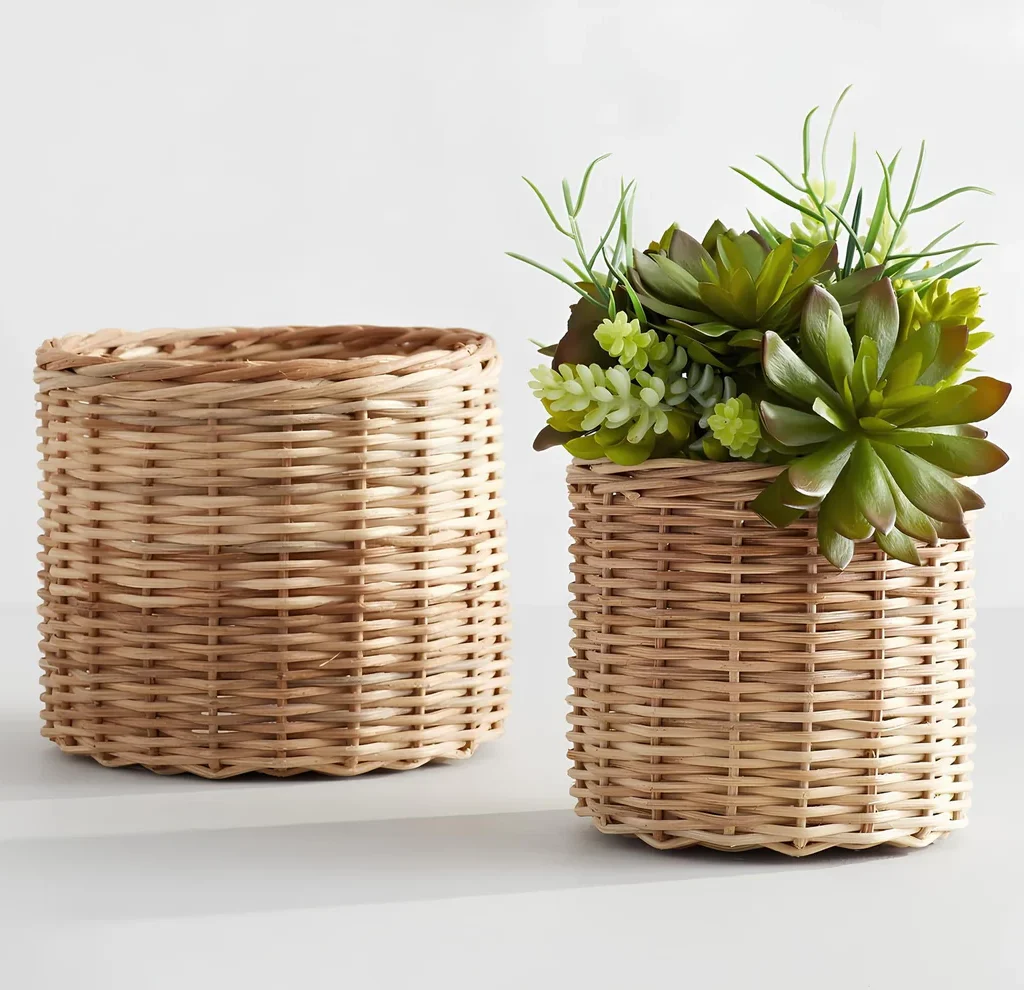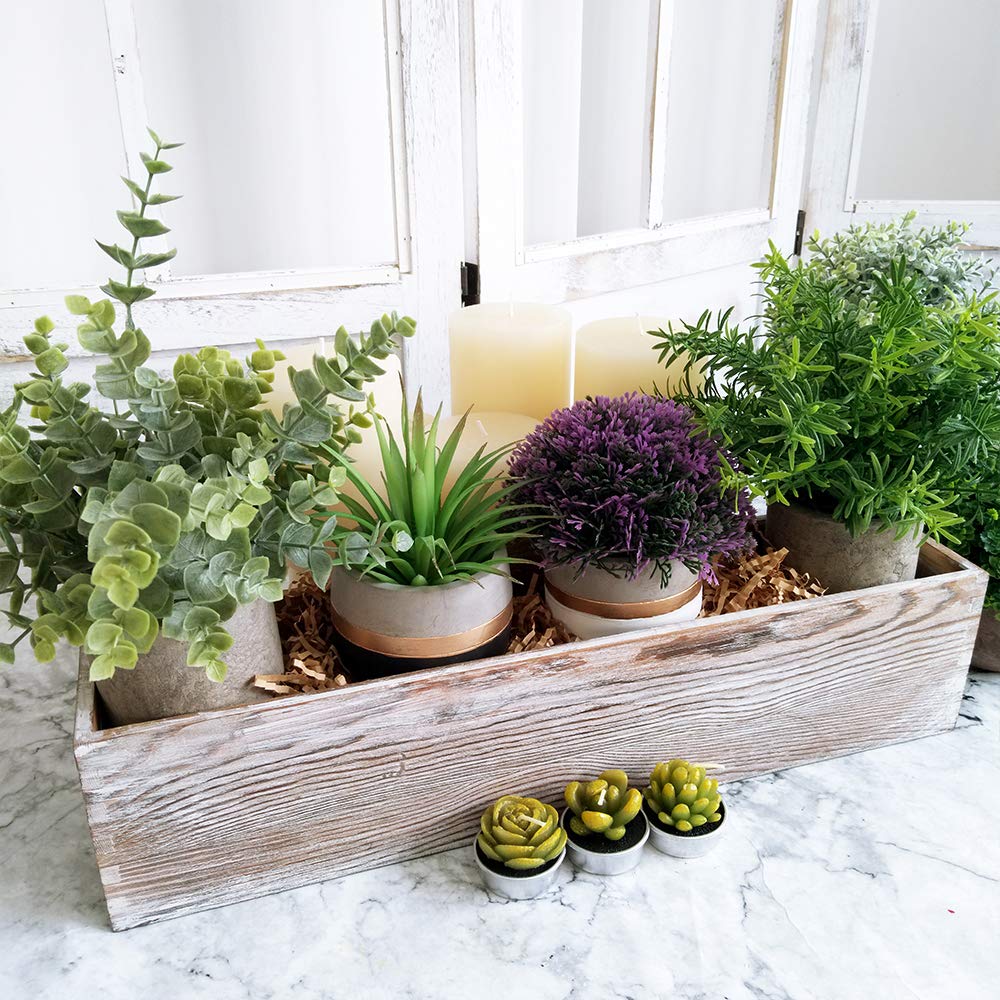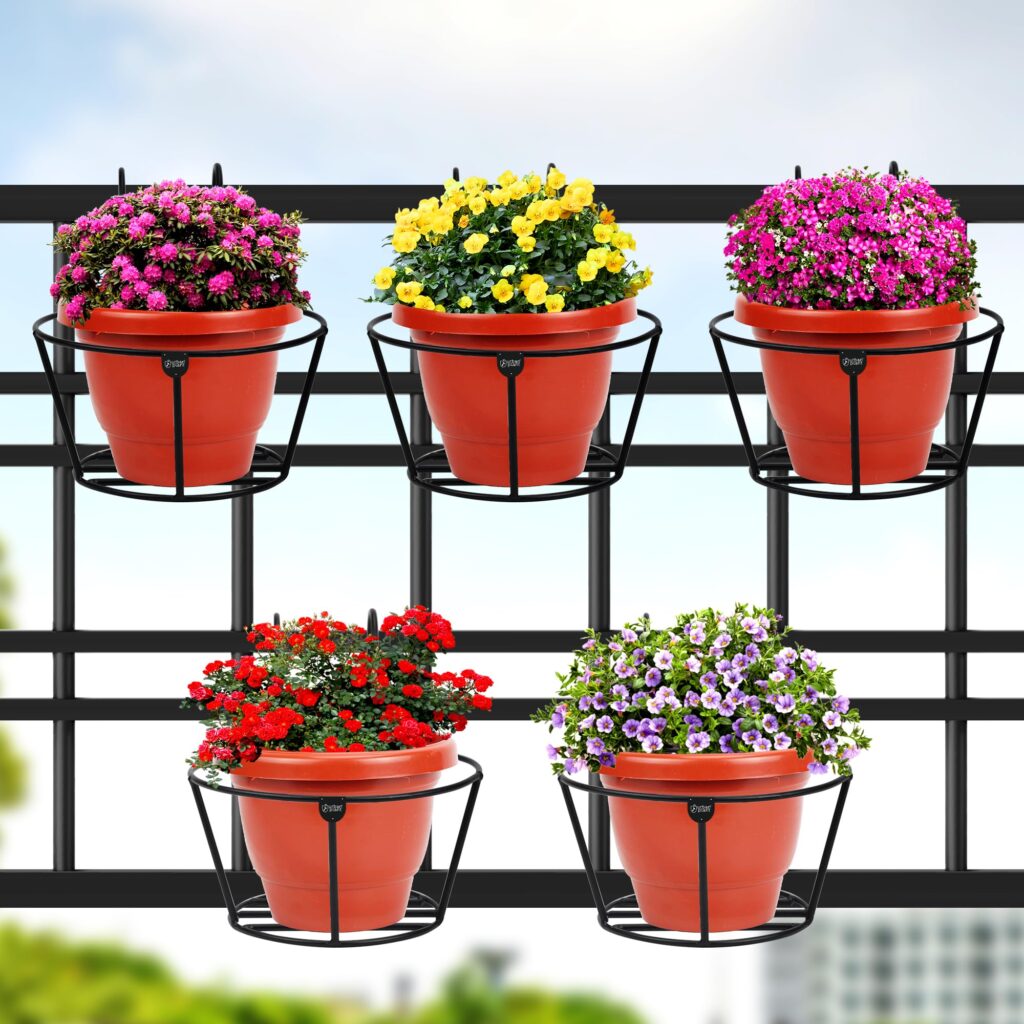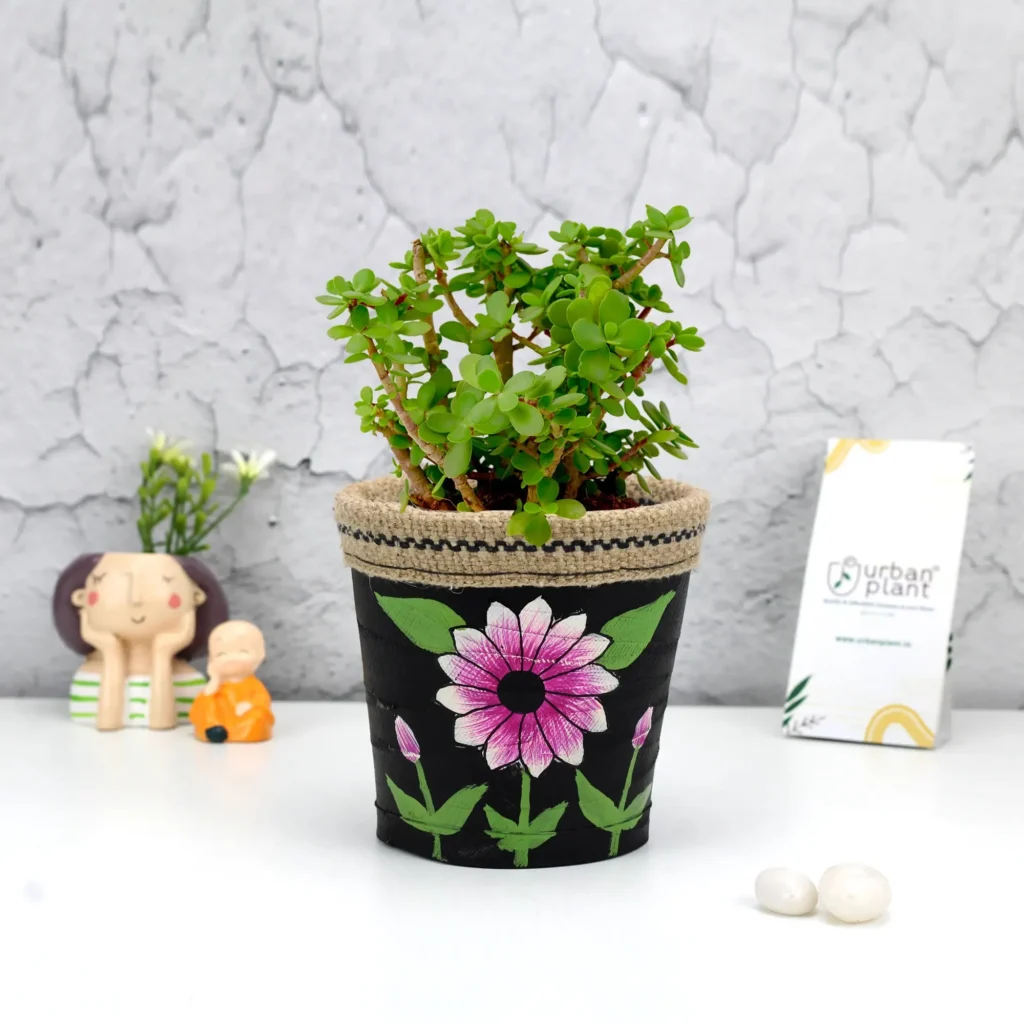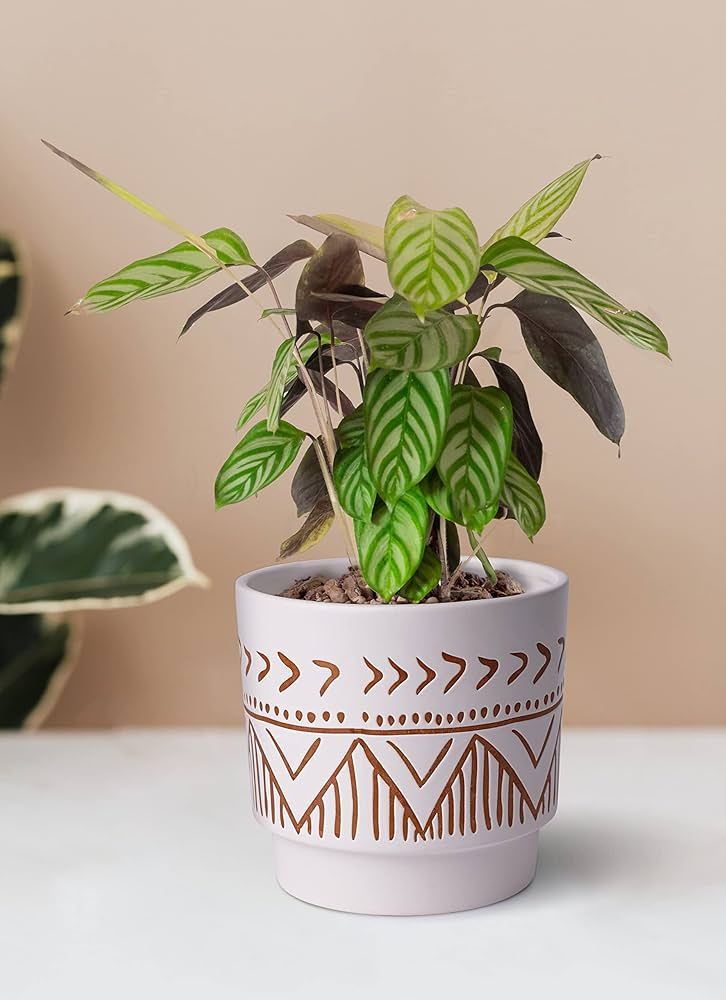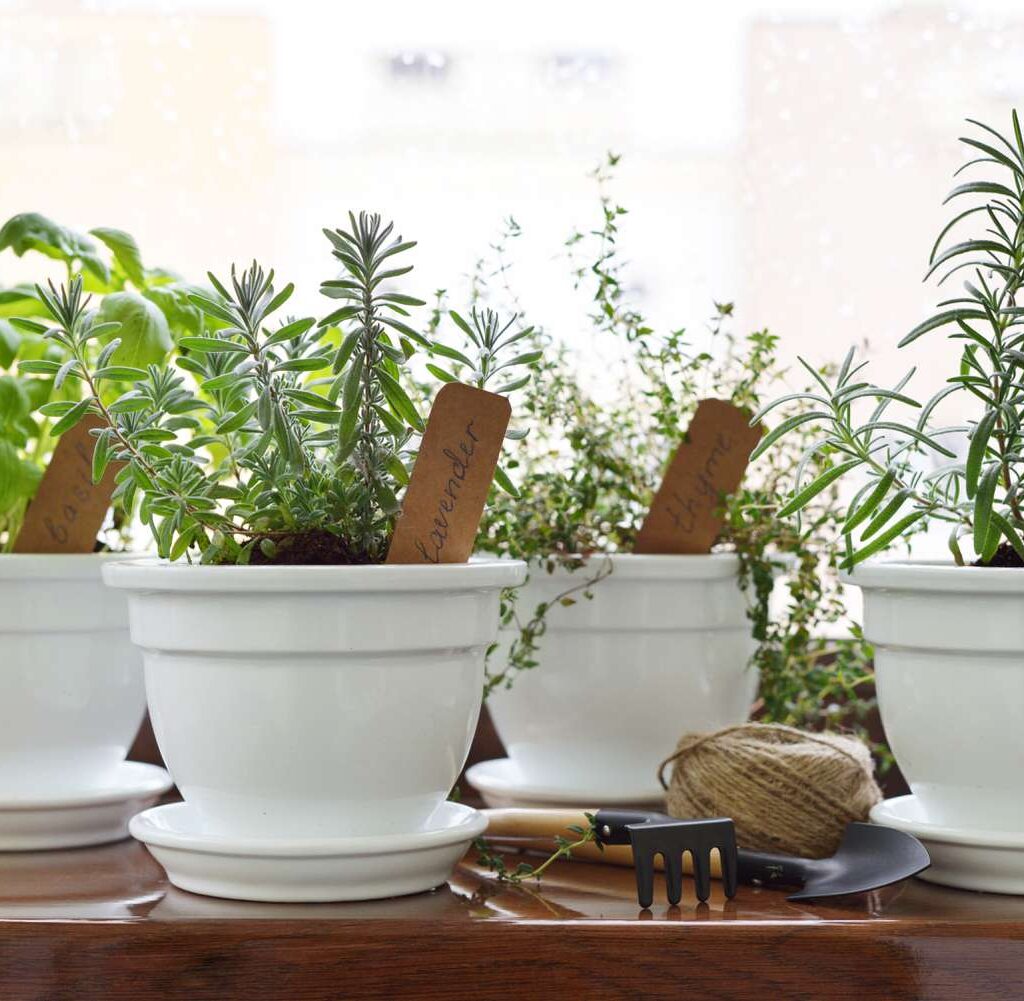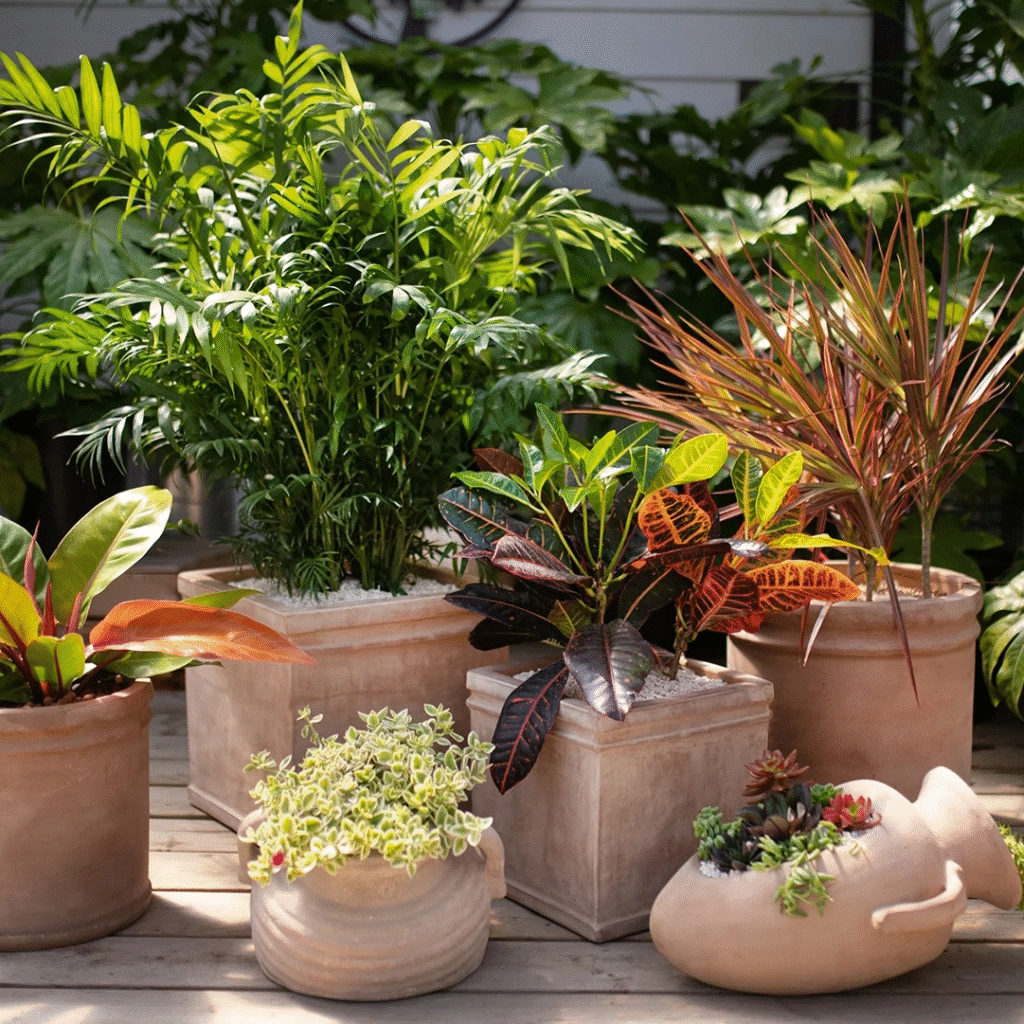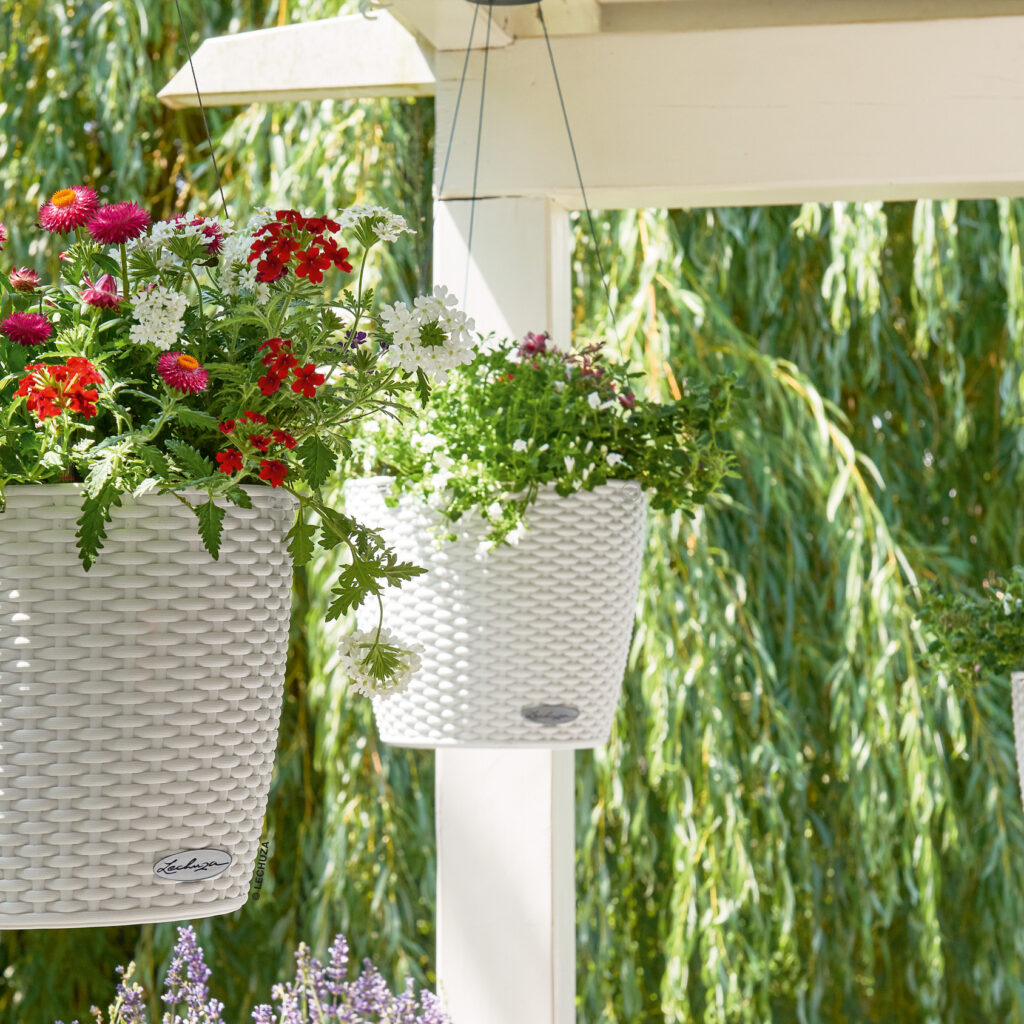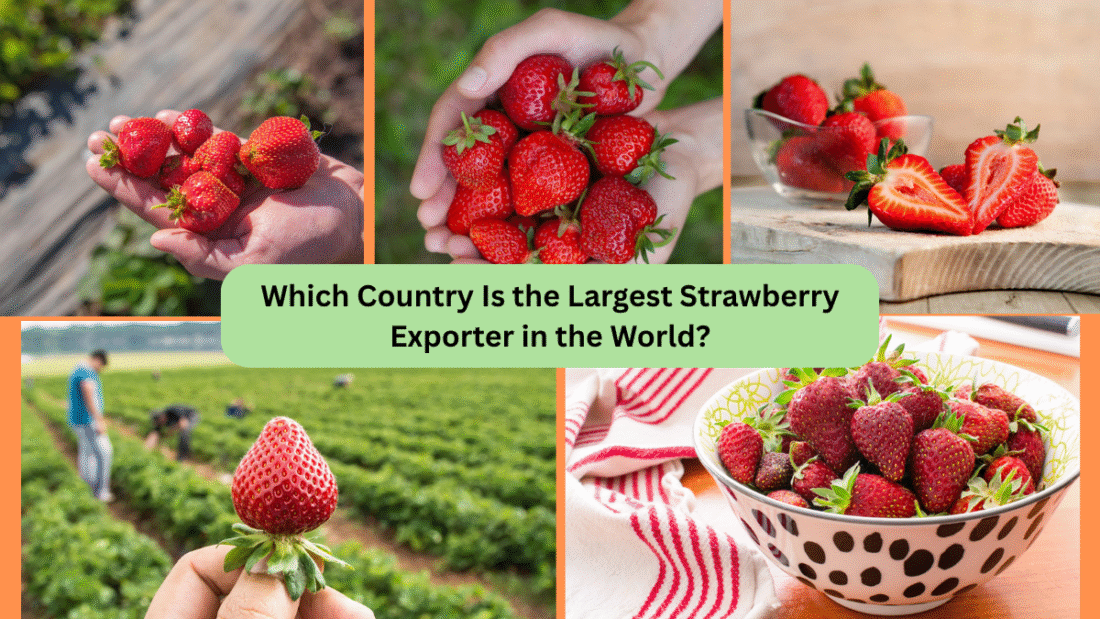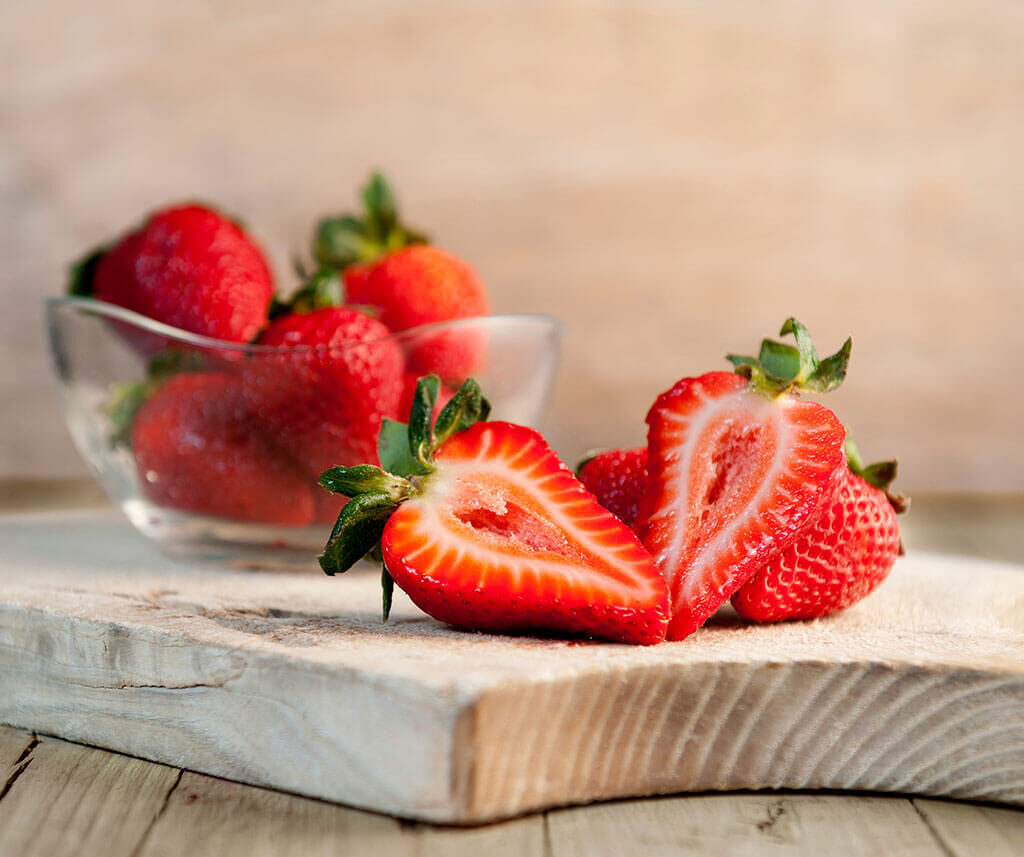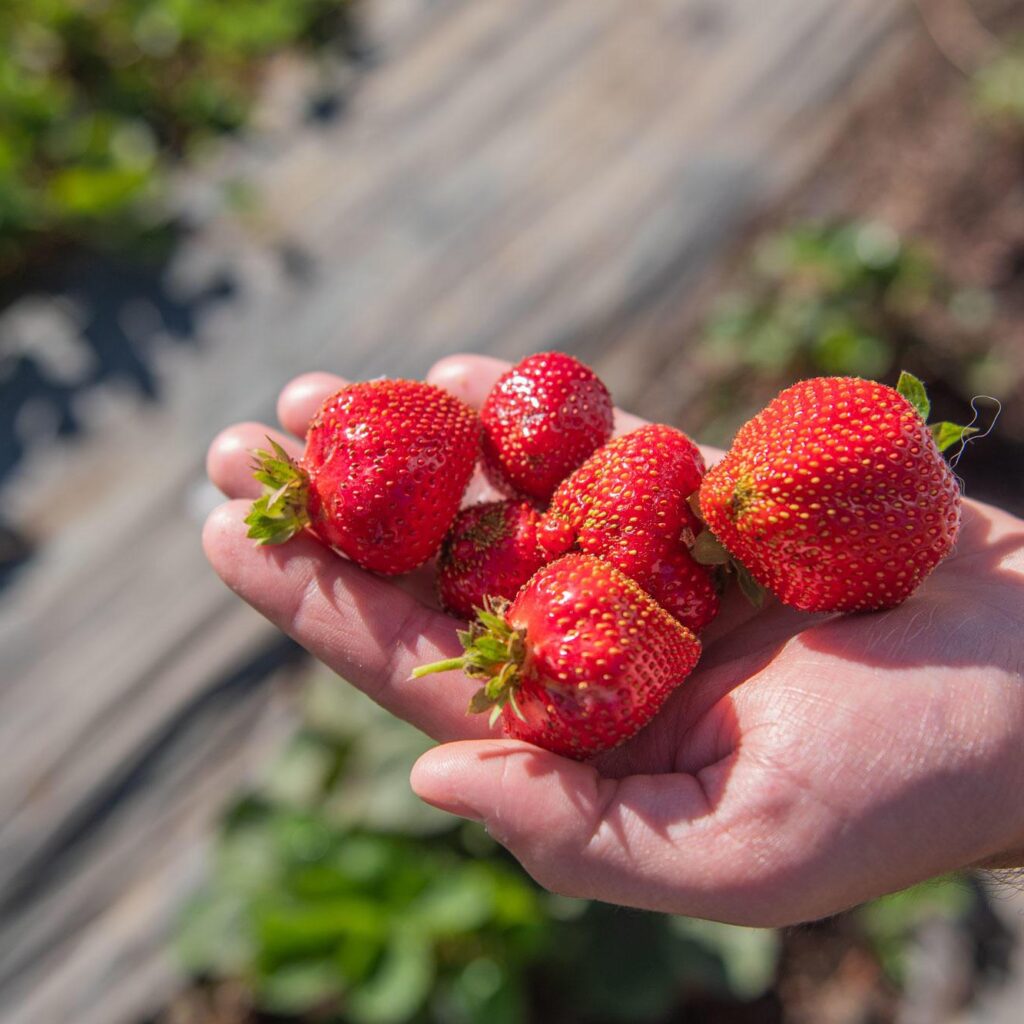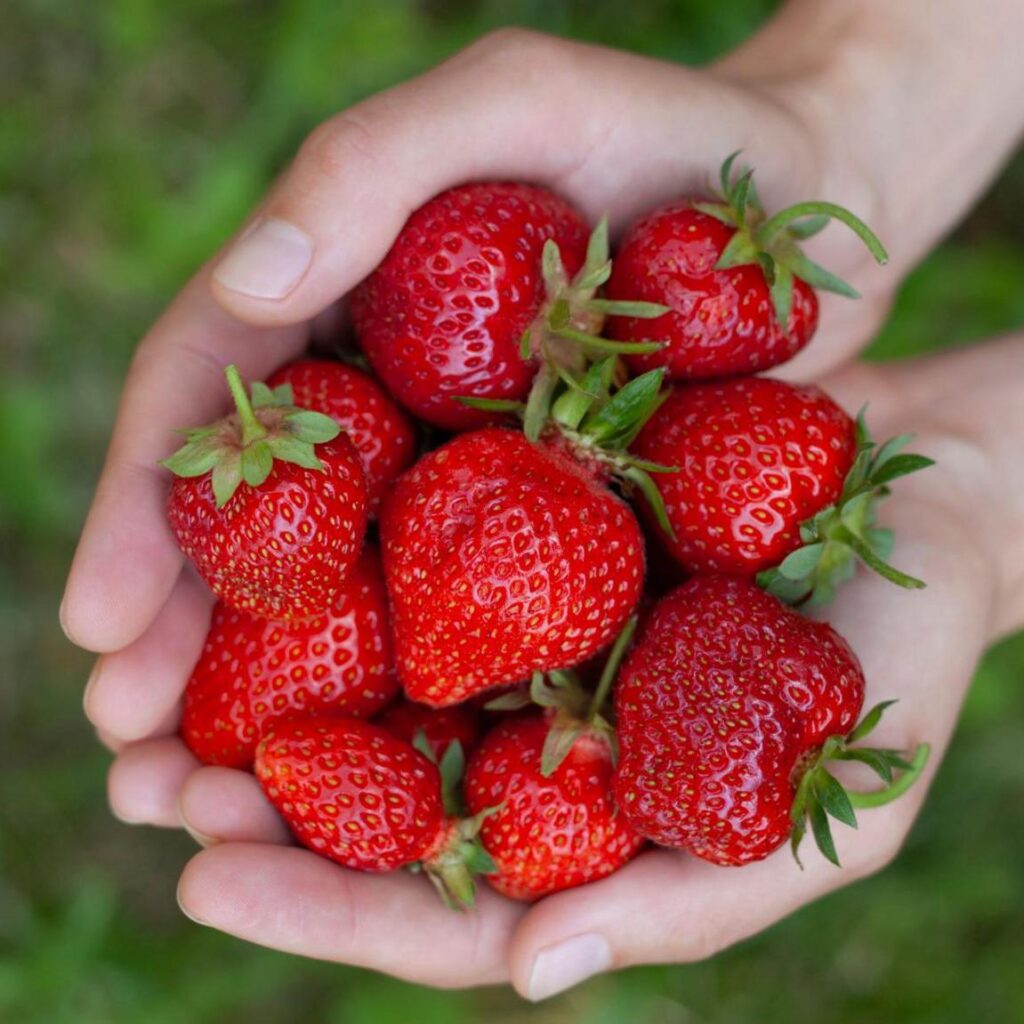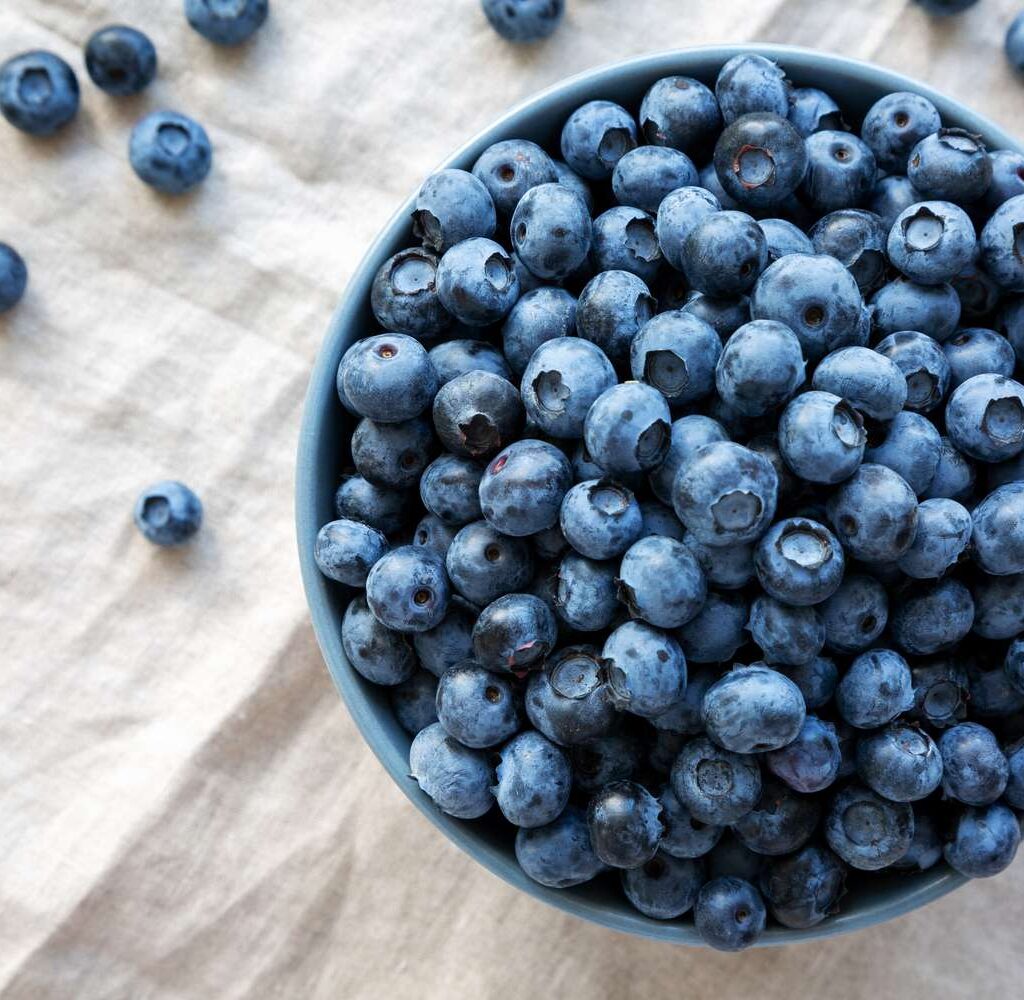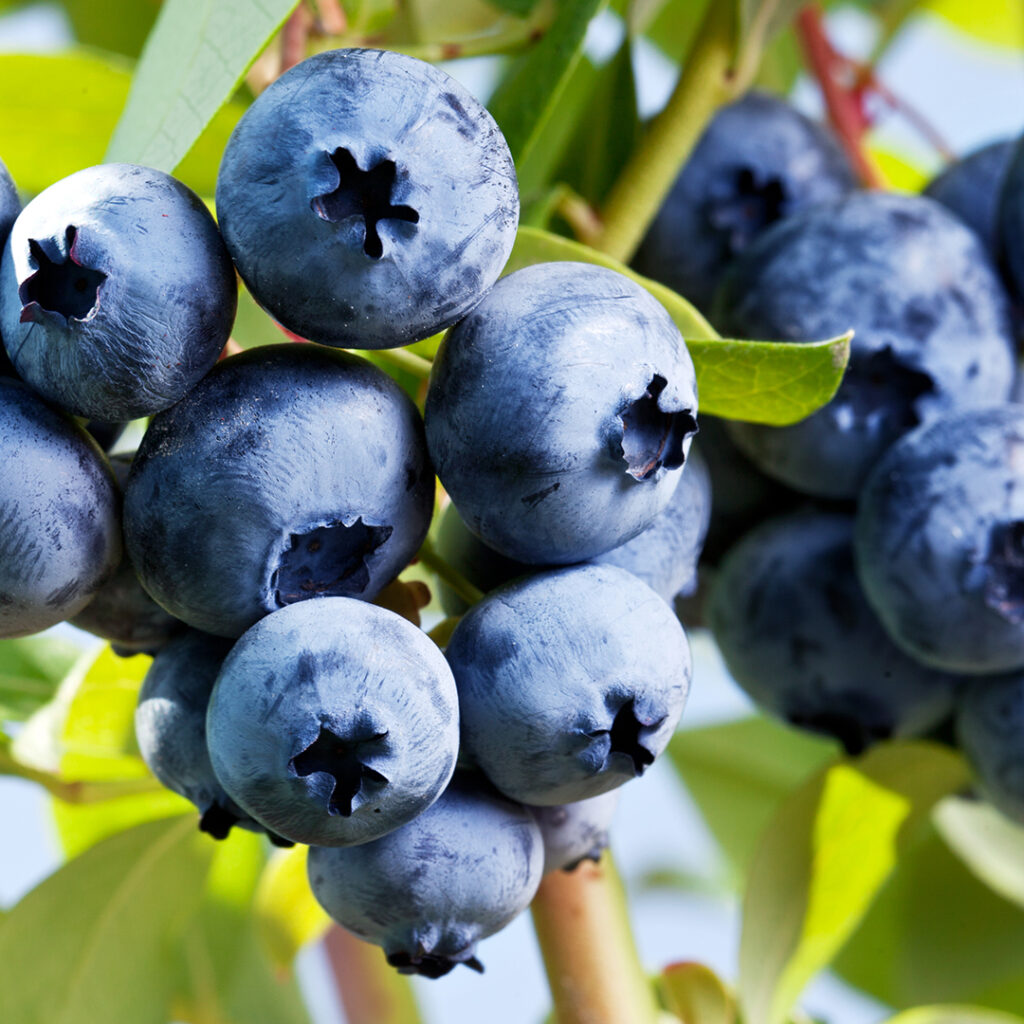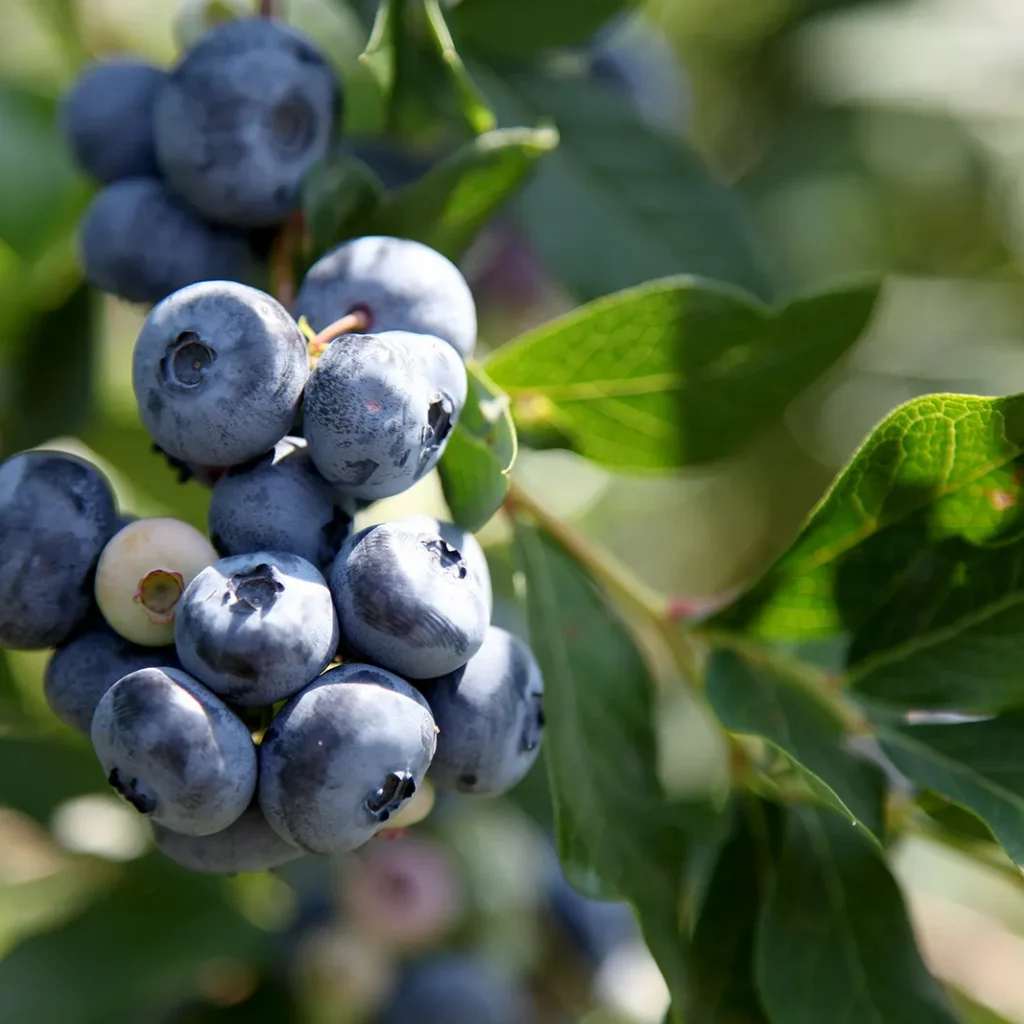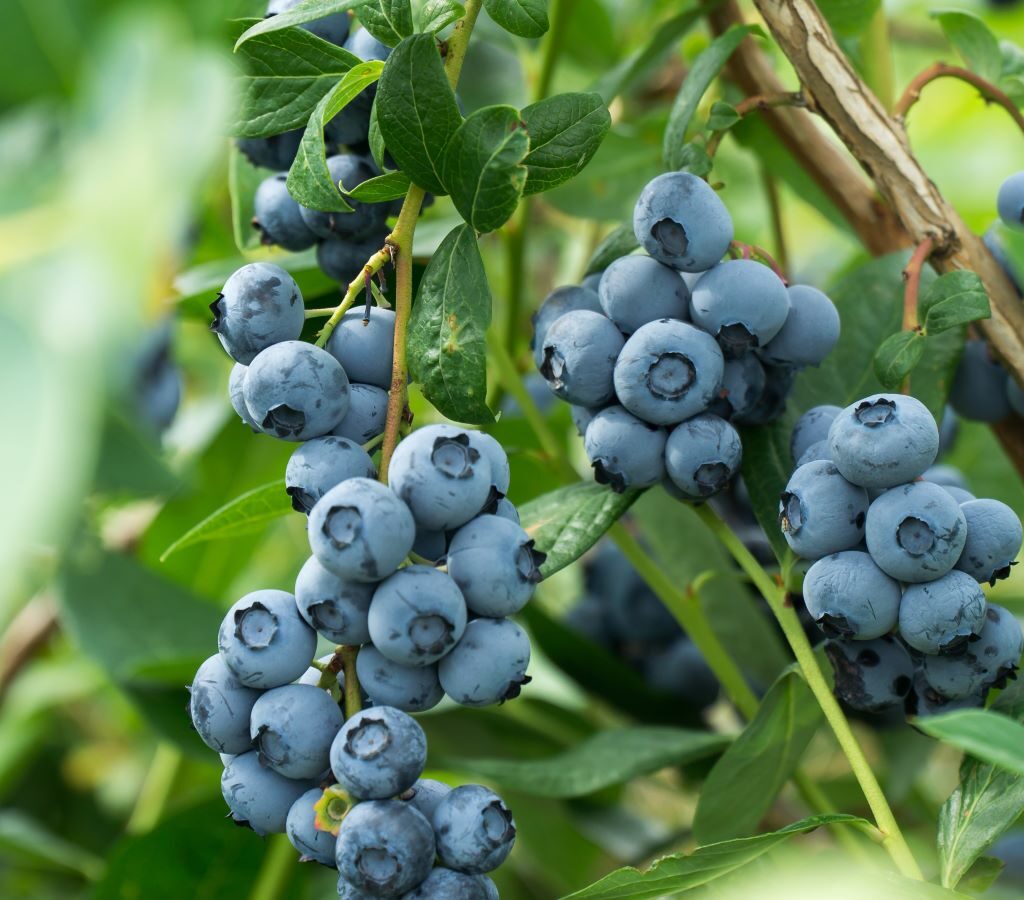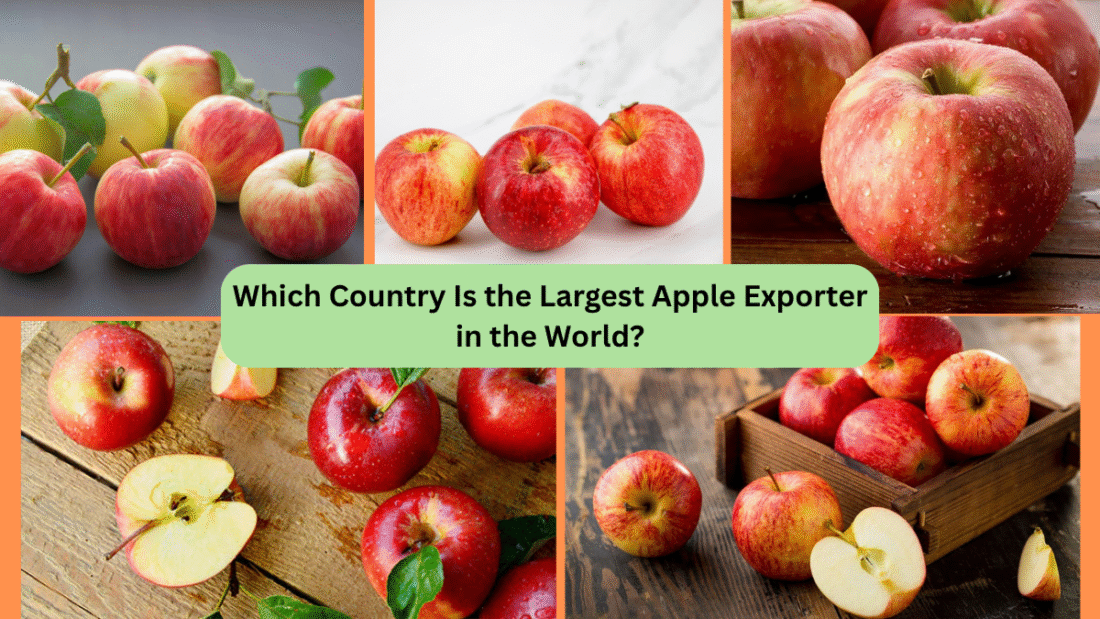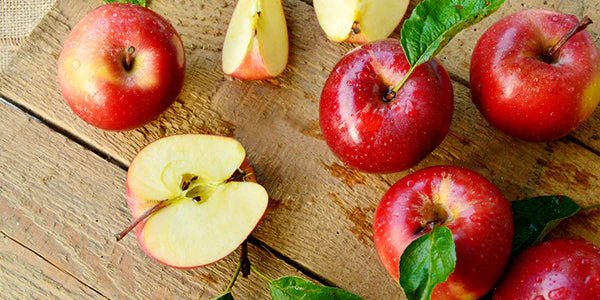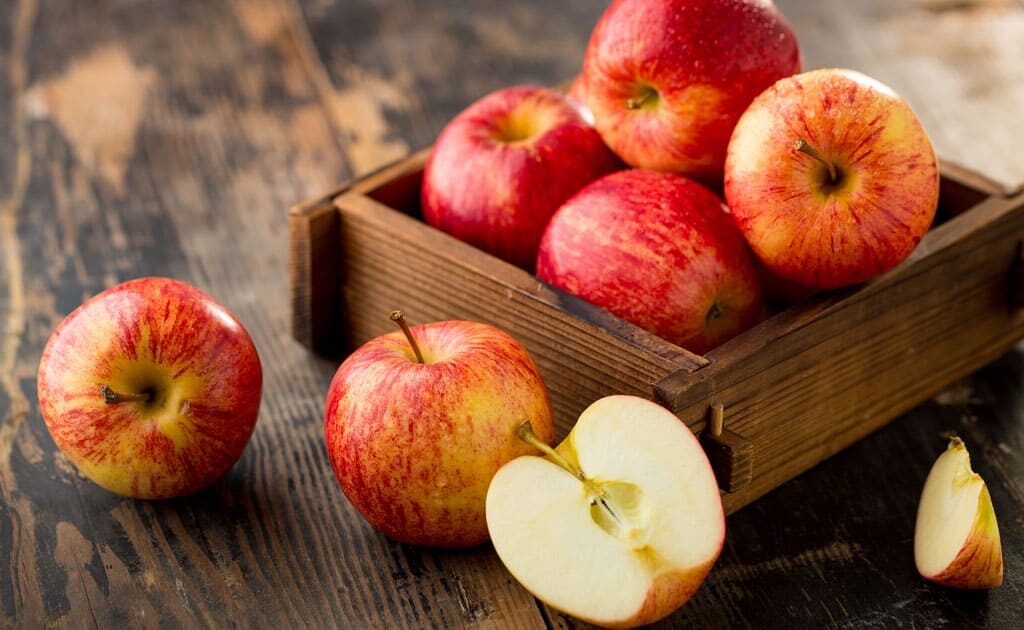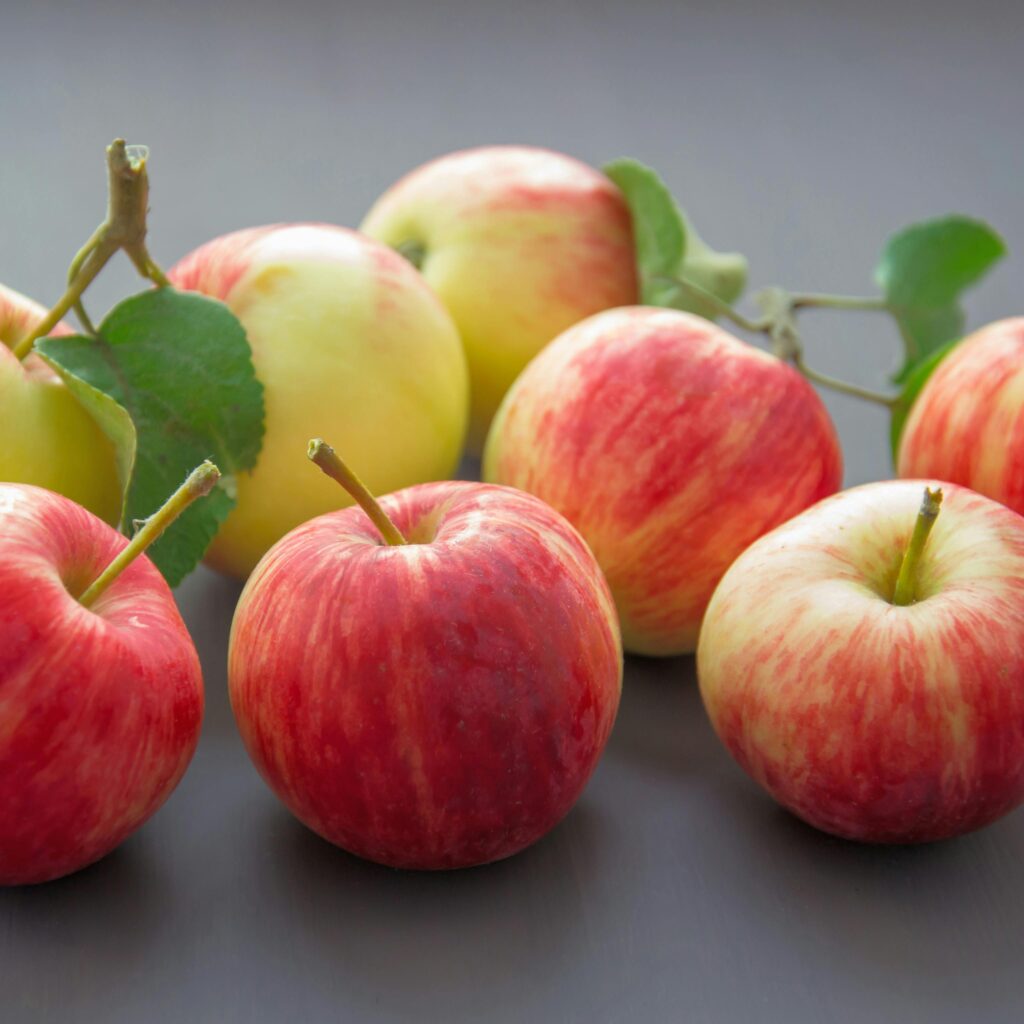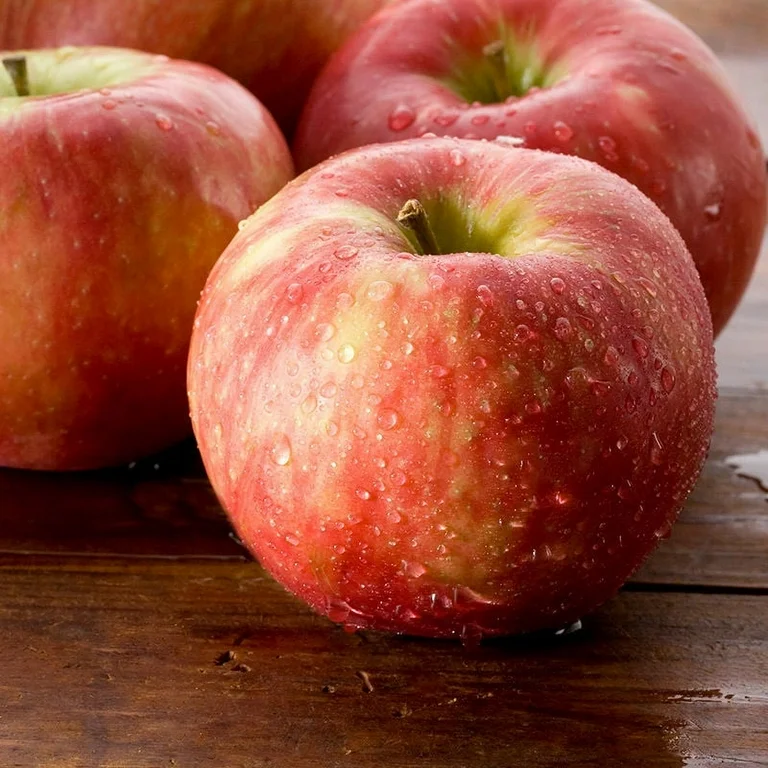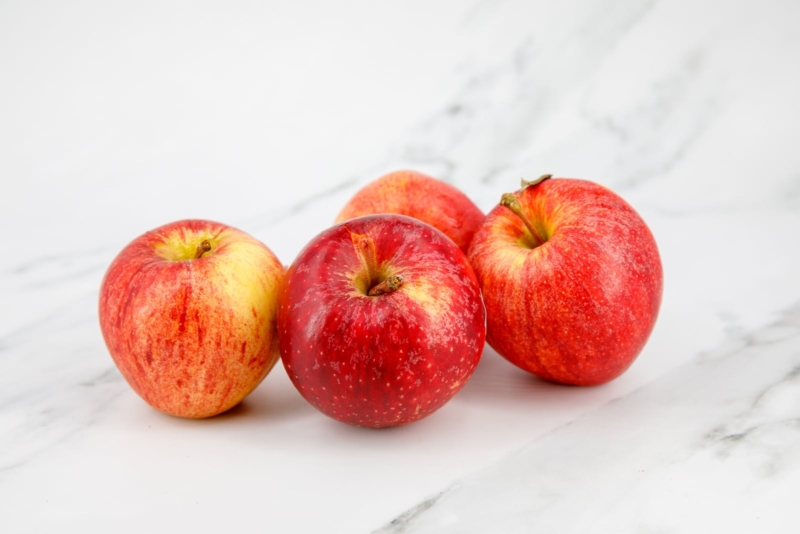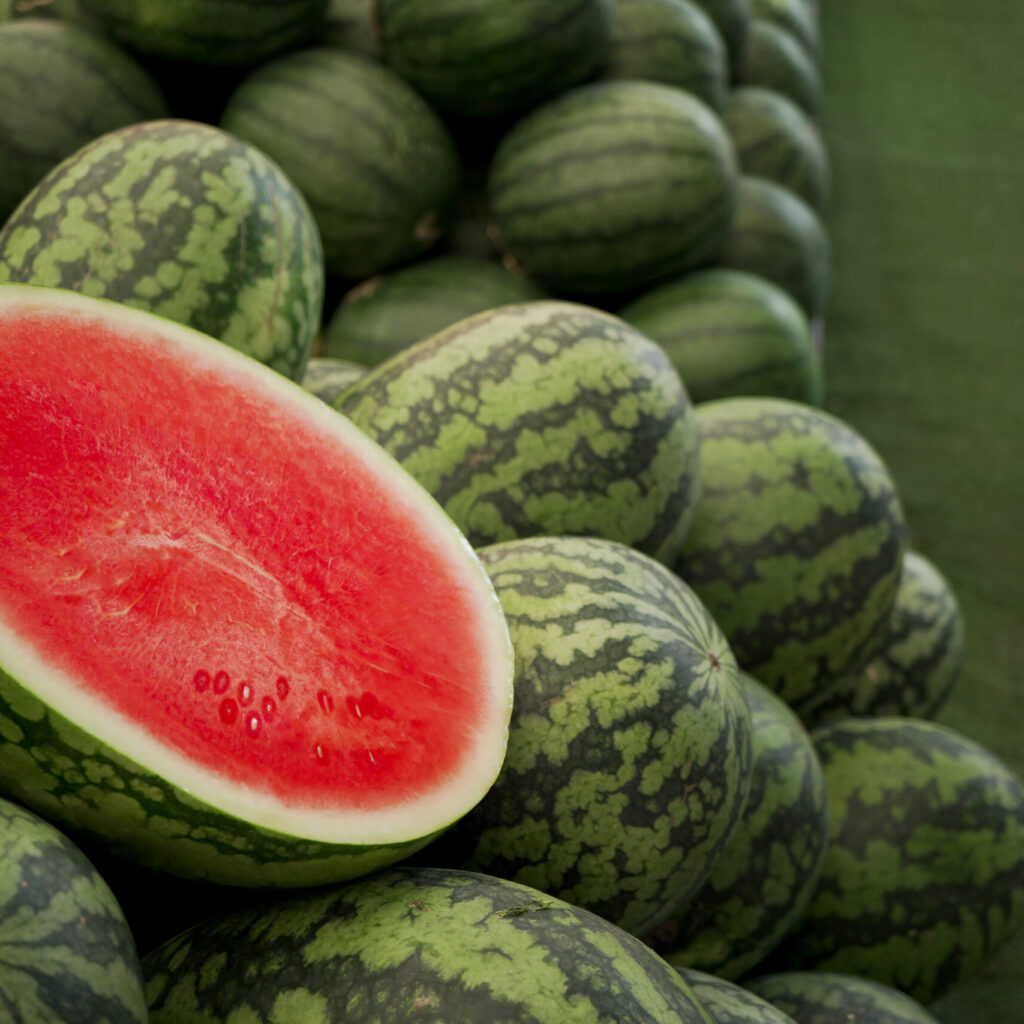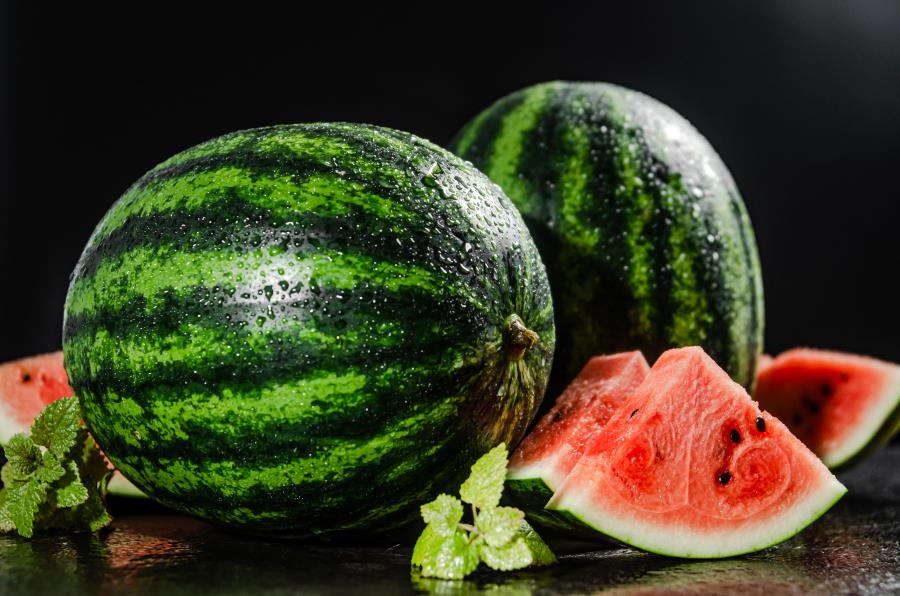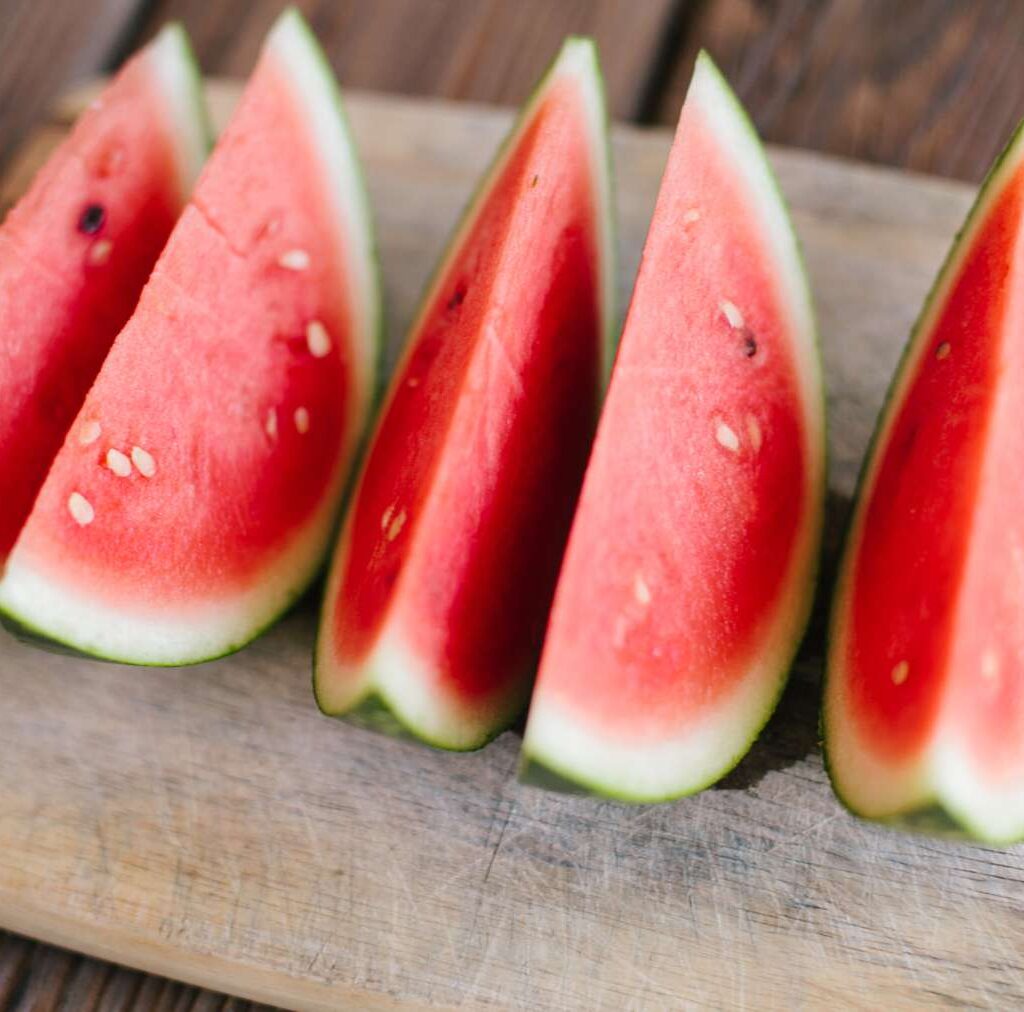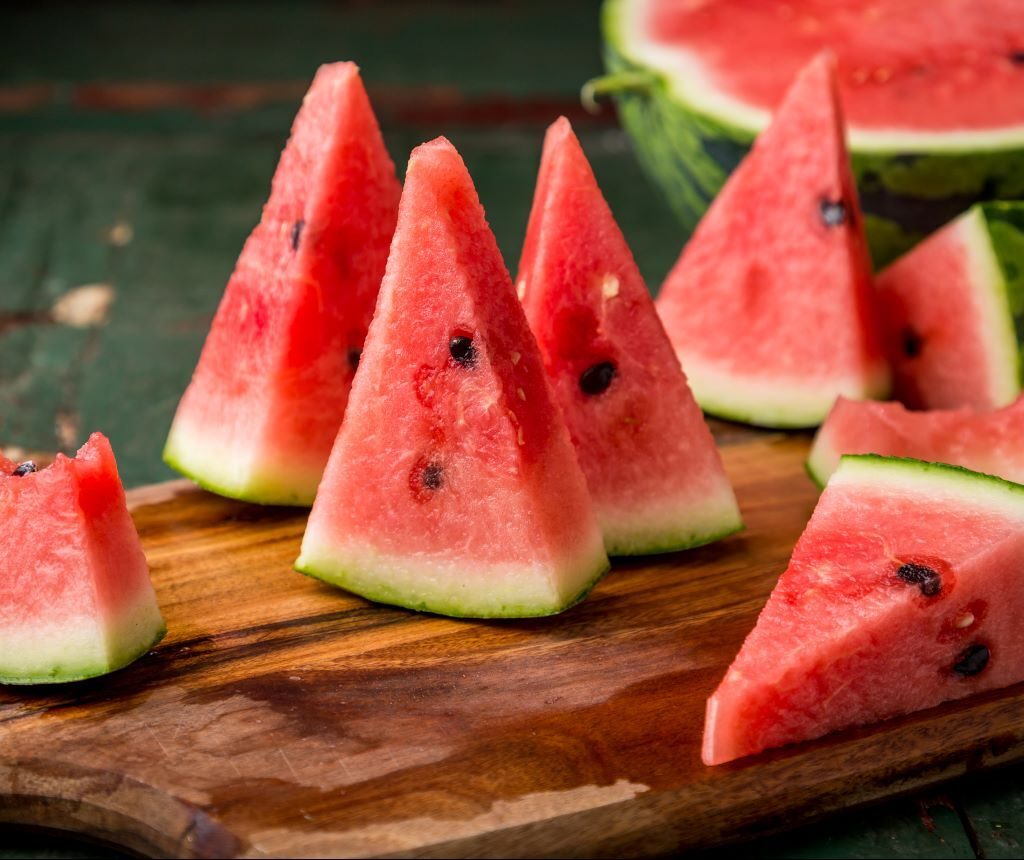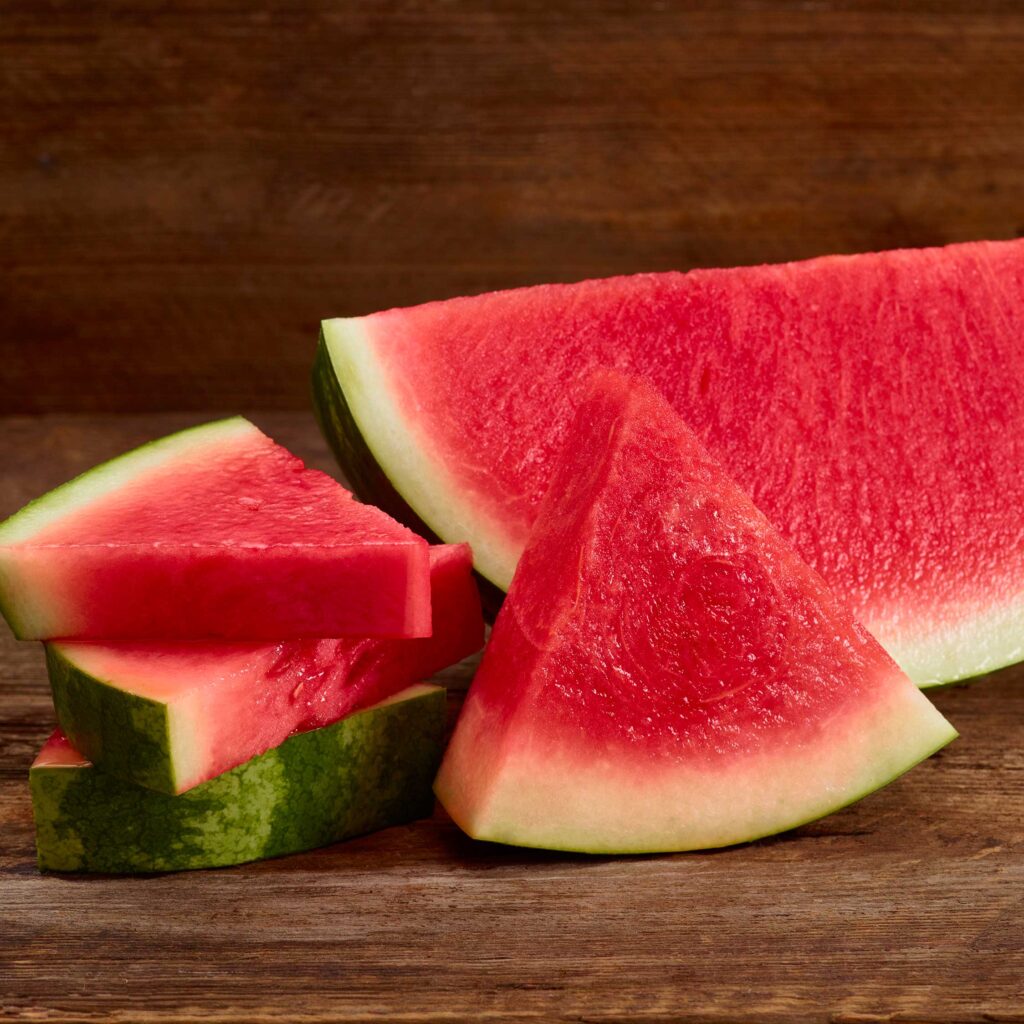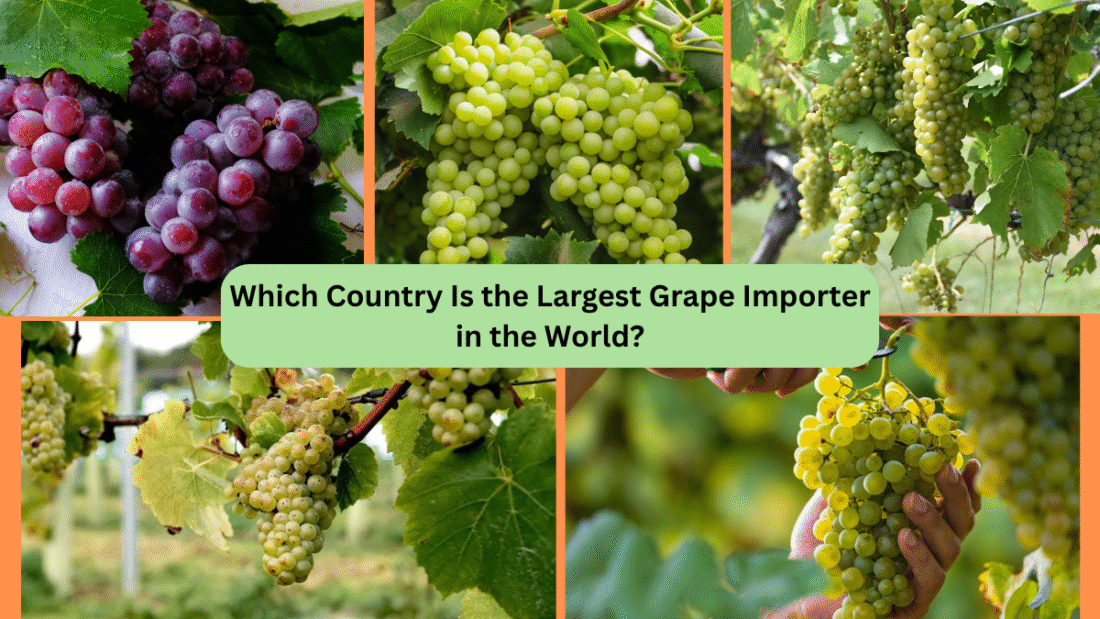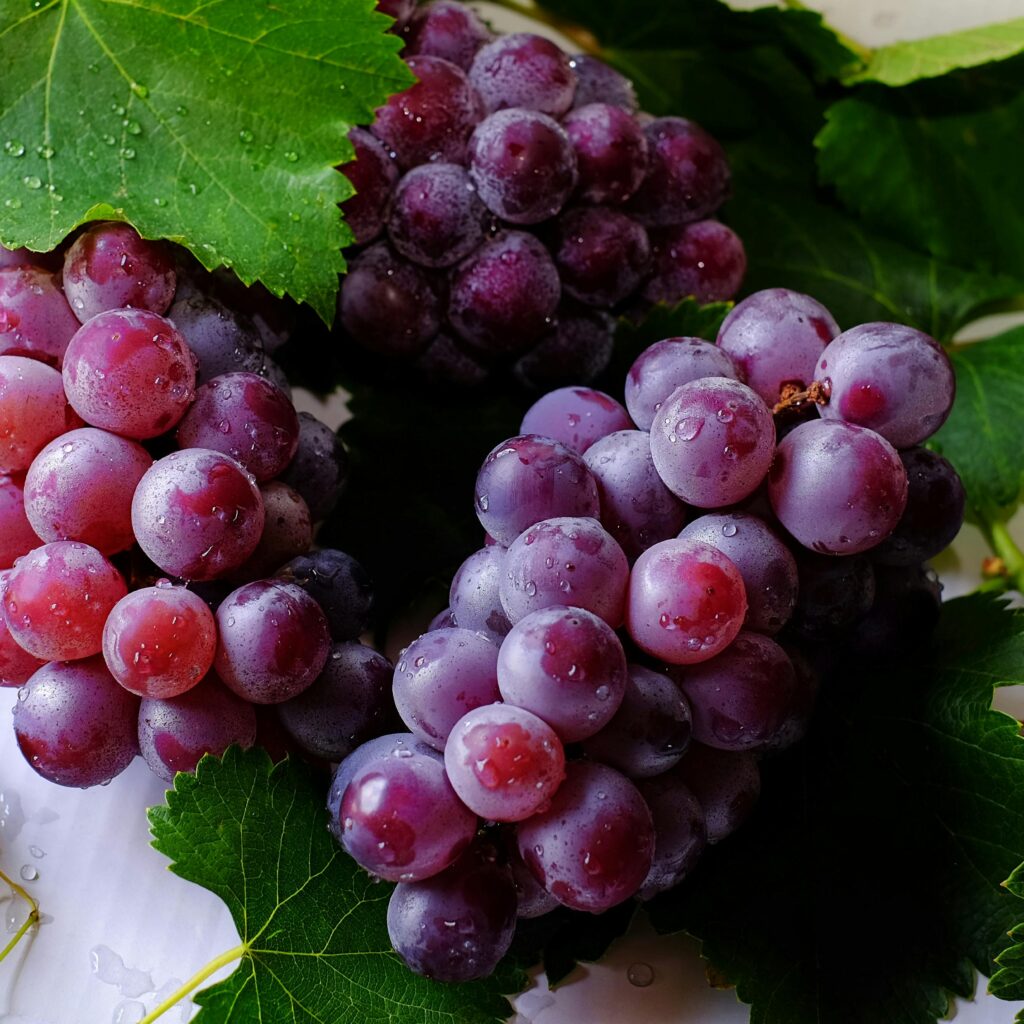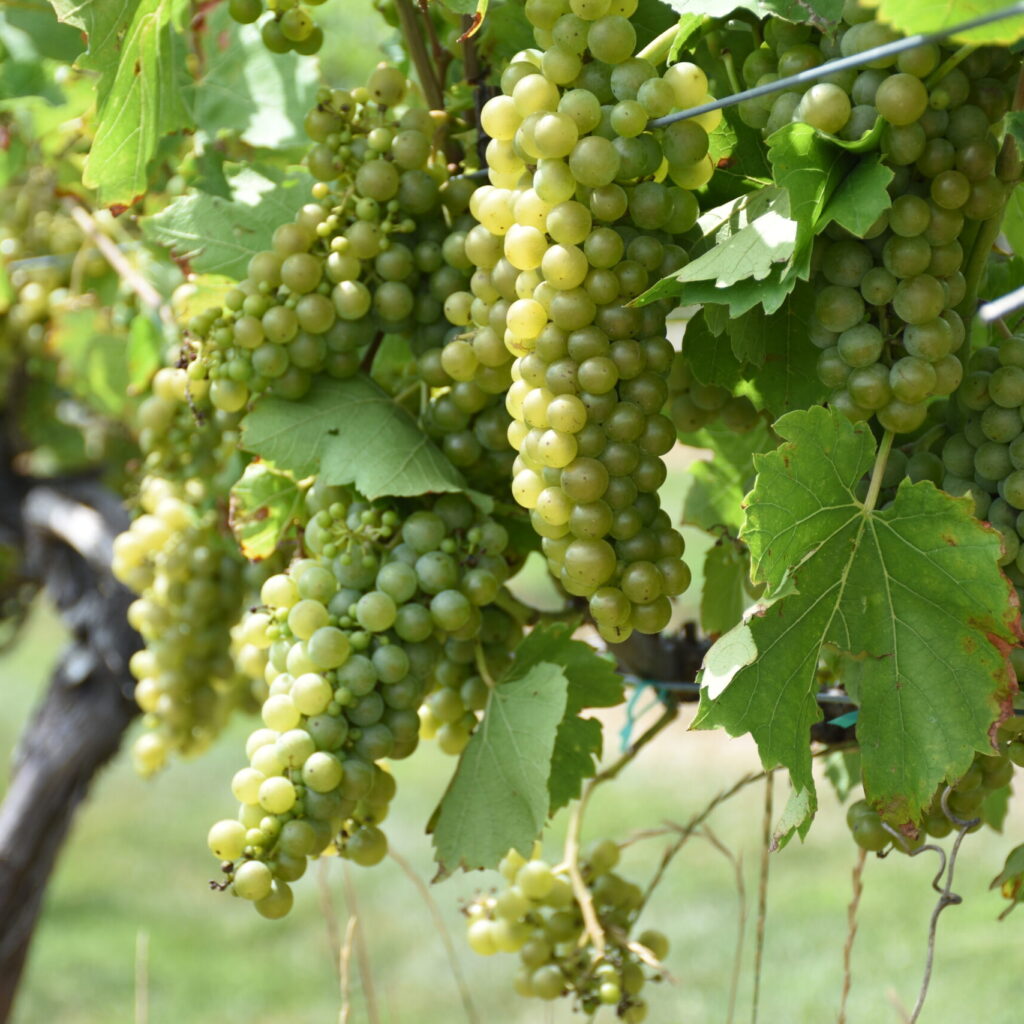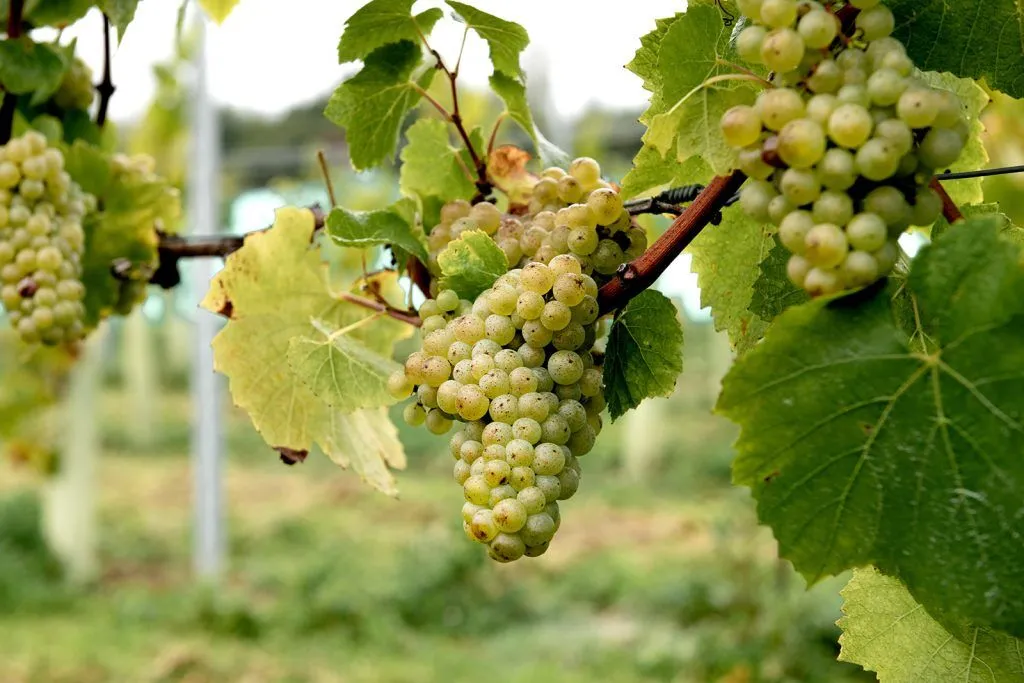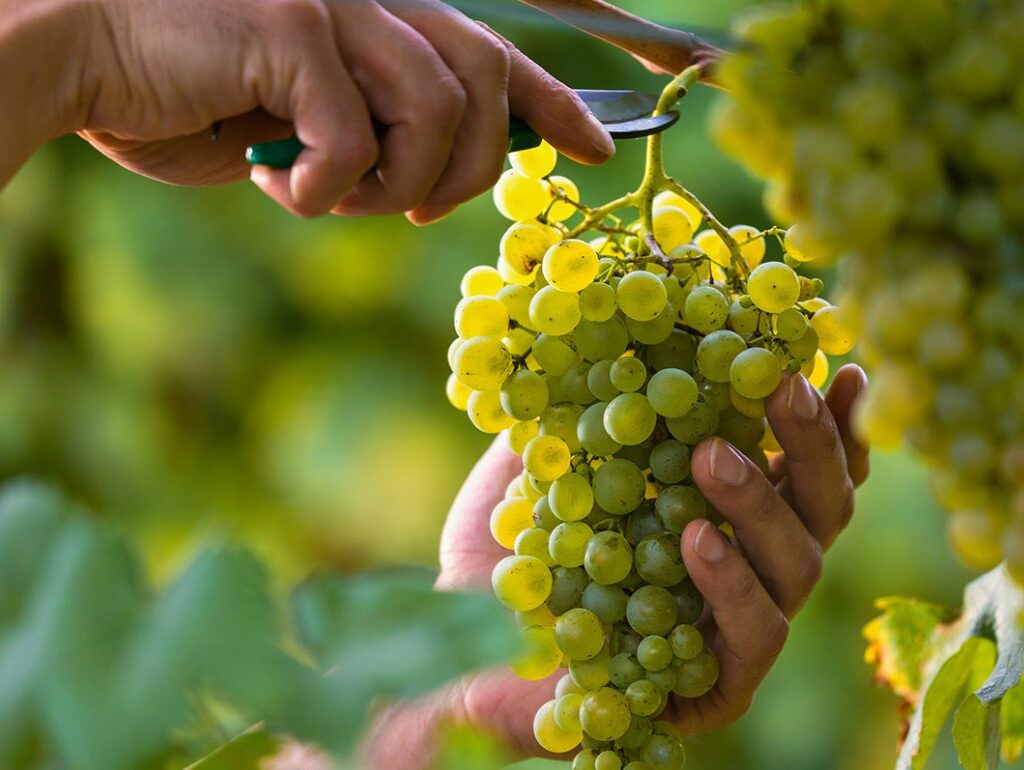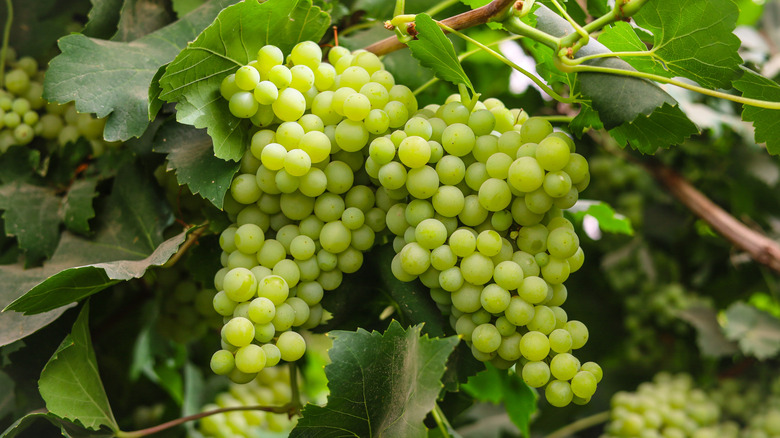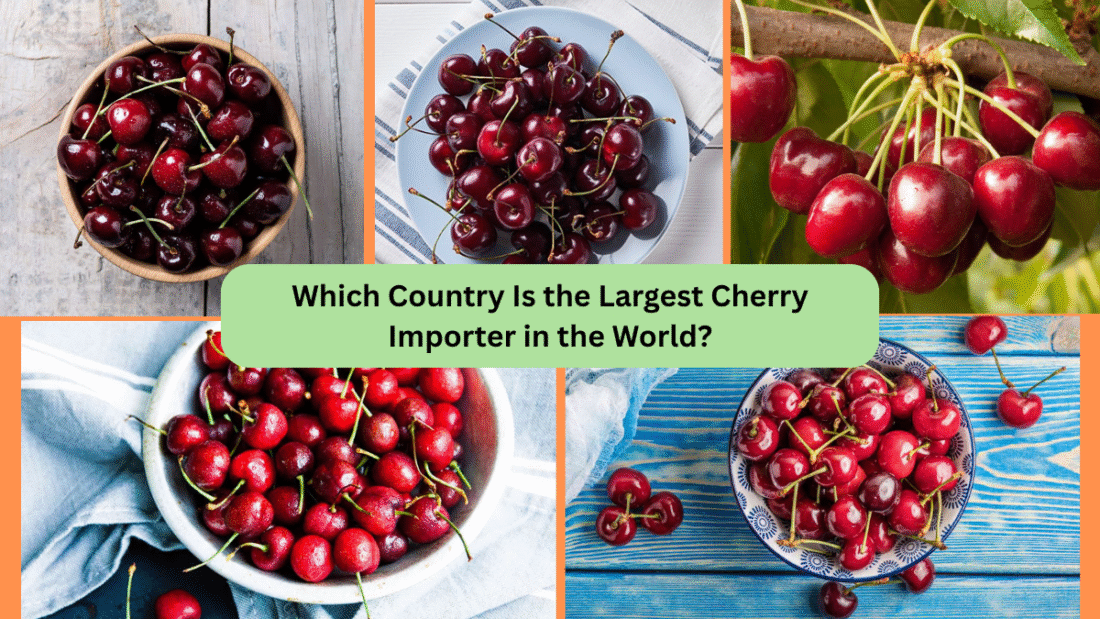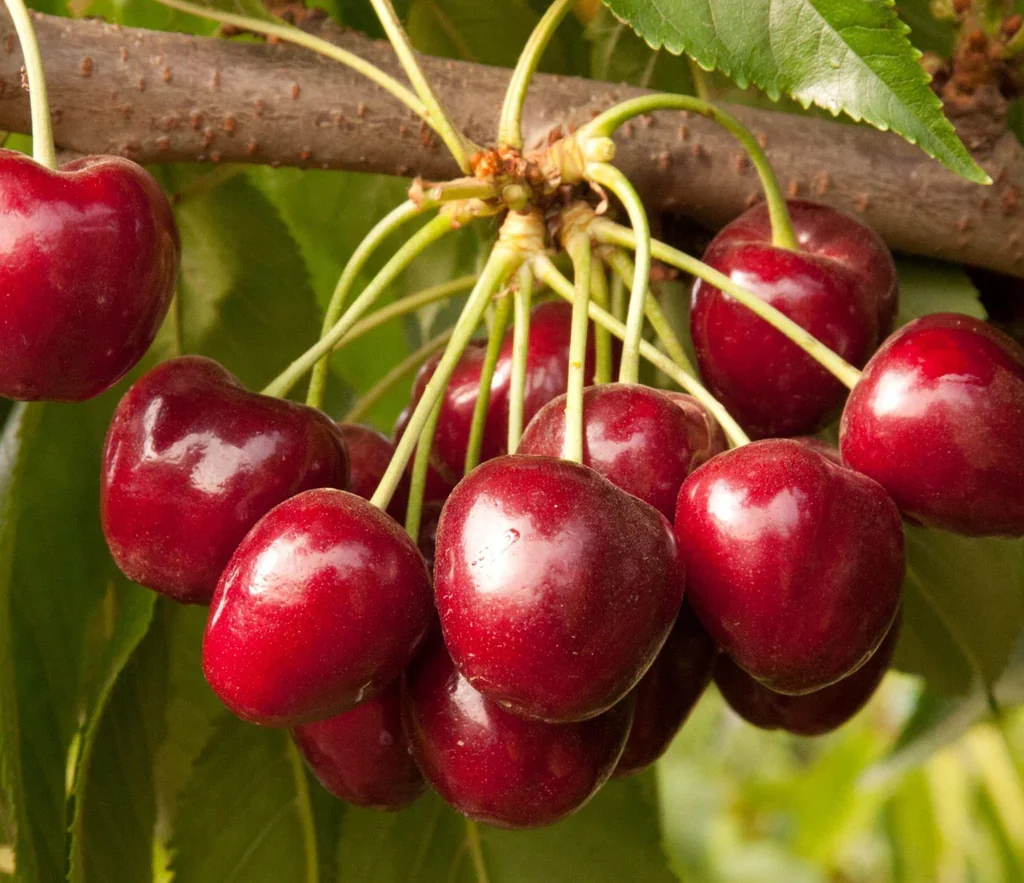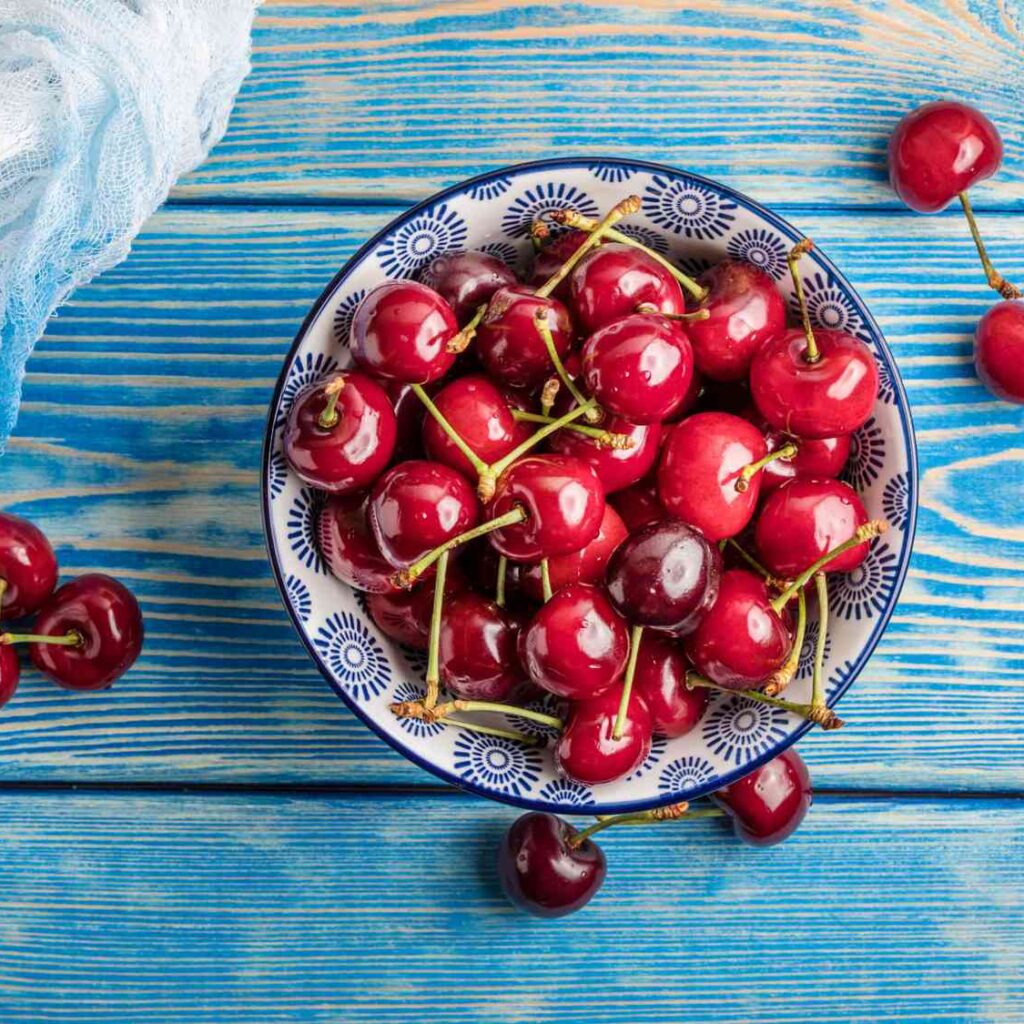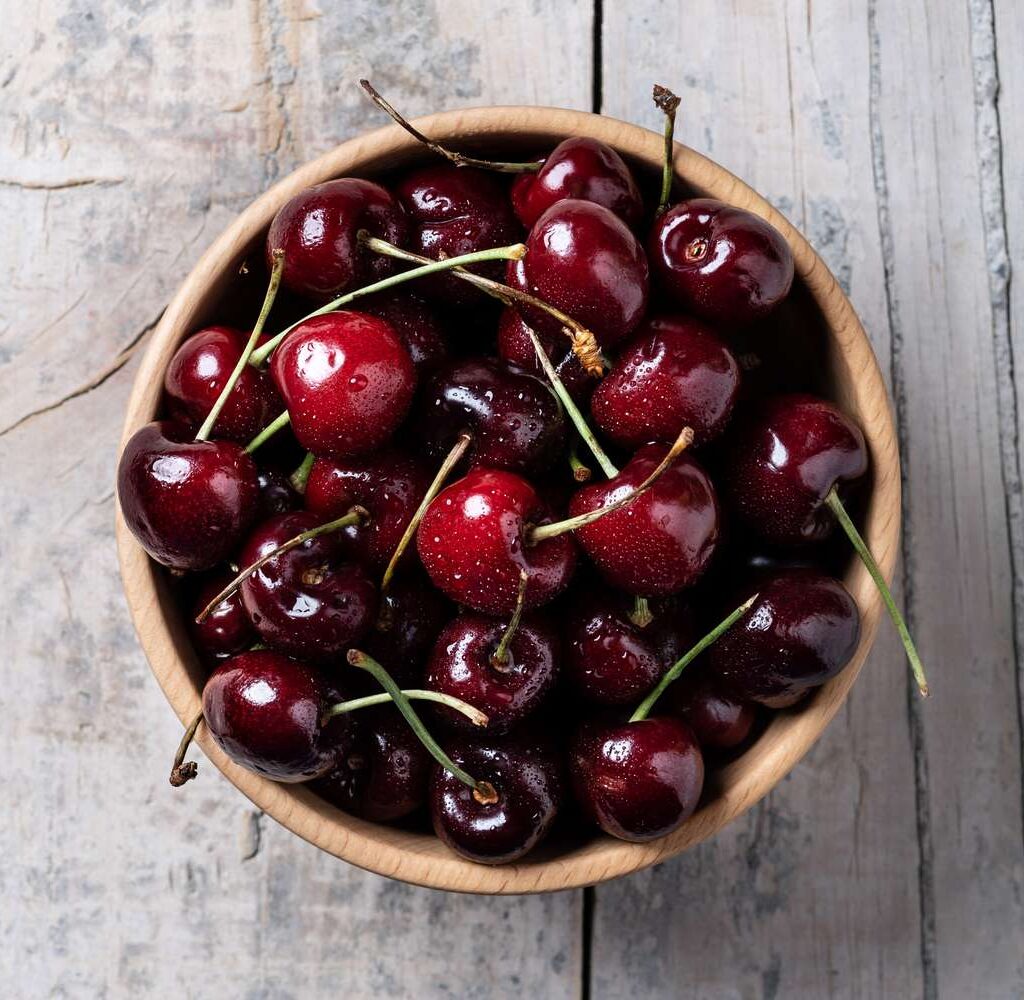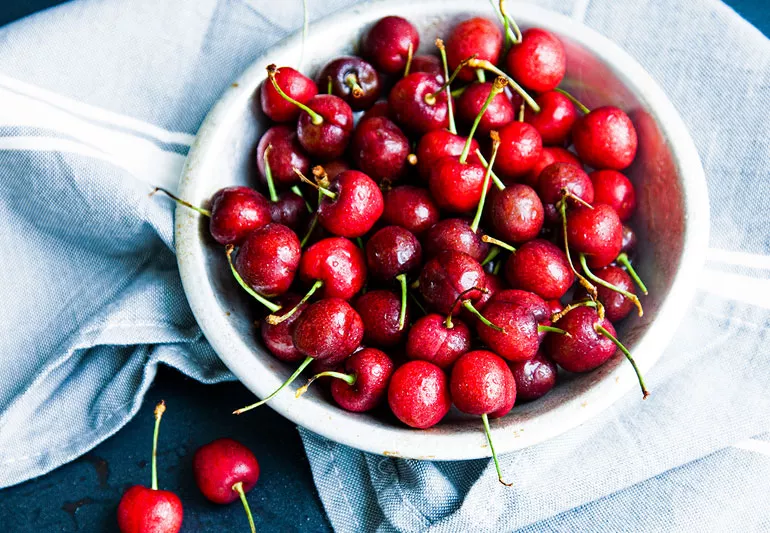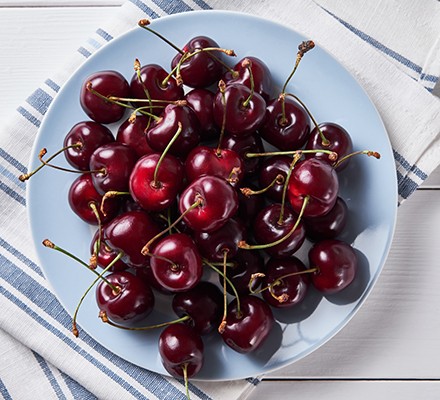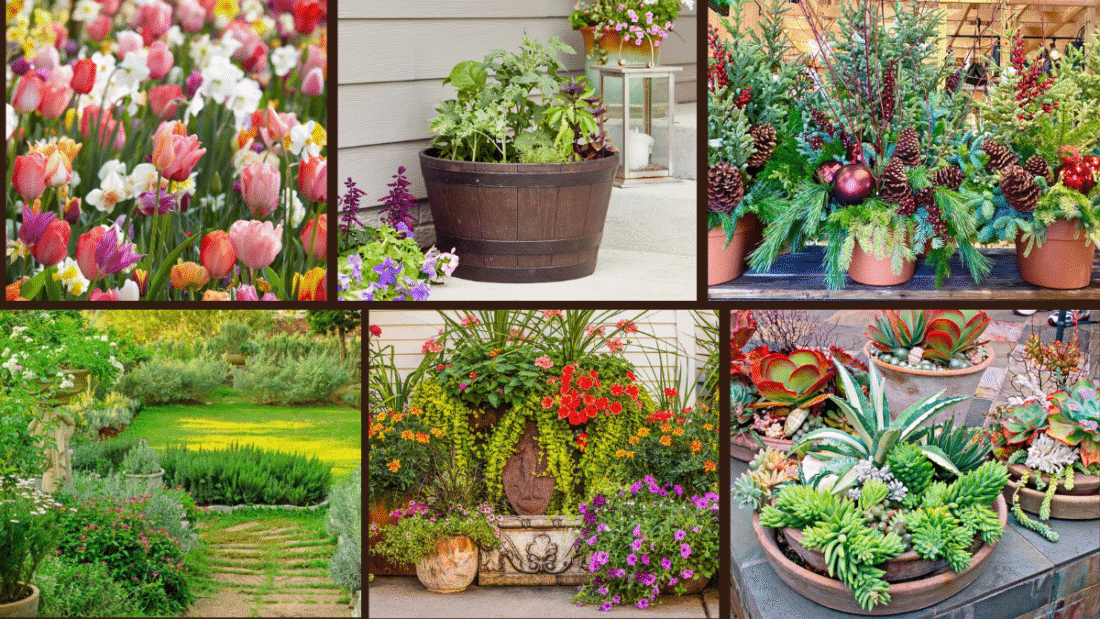Indoor plants can instantly bring life, color, and calmness to your home — but the way you display them matters just as much as the plants themselves. A stylish plant stand not only elevates your greenery but also adds height, texture, and structure to your indoor spaces. Whether you prefer modern minimalism, rustic charm, or boho flair, there’s a plant stand idea to suit every décor style. Here are seven creative indoor plant stand ideas to help you create beautiful, green corners you’ll adore.
1. Mid-Century Modern Wooden Stands

Nothing beats the timeless elegance of mid-century modern wooden plant stands. Their clean lines and slender legs complement both contemporary and classic interiors. Pair them with simple ceramic pots and lush plants like fiddle leaf figs, rubber plants, or monstera for a sophisticated display. The natural wood tones add warmth to minimalist spaces, and their raised height allows plants to make a bold statement in any room. Place them in living room corners, beside sofas, or near windows for a chic touch.
2. Metal Tiered Plant Stands for Vertical Interest

Maximize floor space while creating a striking plant display with a metal tiered plant stand. Available in finishes like matte black, brass, or white, these stands feature multiple levels for arranging plants at varying heights. Use them to display a mix of trailing, bushy, and upright plants like pothos, ferns, and snake plants. Tiered stands work beautifully in small apartments, balconies, or tight corners where you want to add greenery without crowding the space. Plus, they create visual rhythm and depth.
3. Woven Basket Stands for a Boho Vibe

Add a touch of laid-back bohemian style to your home with woven basket plant stands. Made from materials like rattan, wicker, or jute, these textured pieces pair perfectly with leafy, tropical plants such as palms, calathea, or peace lilies. The natural tones and earthy textures of these baskets soften modern spaces and bring cozy warmth to boho-chic rooms. Use them in sunrooms, bedrooms, or living rooms to create inviting, nature-inspired corners you’ll love to relax in.
4. Ladder-Style Plant Stands for Layered Green Displays
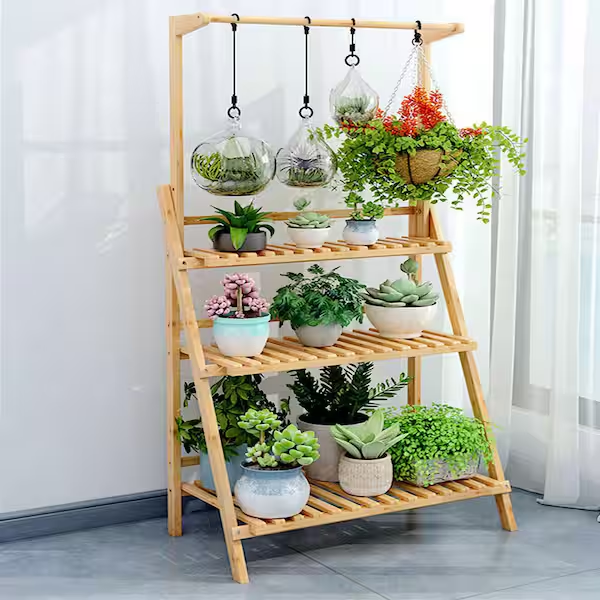
A ladder-style plant stand is a stylish and functional way to showcase multiple plants in a vertical, space-saving format. These stands feature several shelves at different heights, allowing you to create a cascading effect with trailing plants, flowering varieties, and succulents. Ideal for bright corners or alongside large windows, ladder plant stands make it easy to display your plant collection while adding architectural interest to the room. Choose wood for a rustic feel or metal for a modern touch.
5. Hanging Macramé Plant Holders

For a playful, airy way to display your indoor plants, consider hanging macramé plant holders. These woven hangers bring a soft, artistic touch to rooms and are perfect for trailing plants like string of pearls, pothos, or ivy. Hang them near sunny windows, from ceiling hooks, or on wall-mounted pegs to add dimension and texture to your space. Macramé hangers work beautifully in boho, coastal, or eclectic homes and allow you to add greenery without taking up floor space.
6. Repurposed Vintage Stools and Side Tables

Give old furniture pieces a new life by turning them into plant stands. Vintage wooden stools, side tables, or even old bar carts make charming plant displays. Group a few together in a corner with potted ferns, succulents, and flowering plants for an eclectic, layered look. Mixing heights, textures, and plant types adds personality and warmth to your indoor green corner. This idea works especially well in farmhouse, shabby chic, or rustic-inspired interiors.
7. Geometric Metal Stands for a Contemporary Edge

For those who love a sleek, modern look, geometric metal plant stands offer the perfect solution. With clean, angular shapes and bold finishes like matte black, gold, or silver, these stands turn simple plants into design features. Pair them with minimalist planters and architectural plants like ZZ plants, sansevieria, or cacti. Place them in modern living rooms, office corners, or entryways for a striking, contemporary display that draws the eye and adds sophistication to your space.
Final Thoughts
Indoor plant stands aren’t just practical — they’re a powerful design tool that helps you elevate your plant collection and bring structure, style, and personality to your home. From rustic wooden stools to sleek geometric metal stands, these seven ideas will help you transform bare corners into lush, stylish green sanctuaries. Mix and match different styles to create a space that reflects your personality while keeping your favorite plants beautifully on display.


